Slips, Trips, and Falls
This course describes common causes of slips, trips, and falls, how they can be prevented, and first aid procedures for fall injuries.
Learn MoreSolutions
Solutions for
K-12
K-12
Learn MoreEducator & Staff Training
Educator & Staff Training
Improve compliance and deliver critical professional development with online courses and management system
Learn moreStudent Safety & Wellness Program NEW
Student Safety & Wellness Program
Keep students safe and healthy with safety, well-being, and social and emotional learning courses and lessons
Learn moreProfessional Growth Management
Professional Growth Management
Integrated software to manage and track evaluations and professional development and deliver online training
Learn moreAnonymous Reporting & Safety Communications
Anonymous Reporting & Safety Communications
Empower your school community to ask for help to improve school safety and prevent crises before they occur
Learn moreIncident & EHS Management
Incident & EHS Management
Streamline safety incident reporting and management to improve safety, reduce risk, and increase compliance
Learn moreCareer & Technical Education NEW
Career and Technical Education Solutions
Maximize Student Outcomes with Our All-in-One Work-Based Learning Platform and CTE Courses.
Learn moreHigher Education
Higher Education
Learn MoreStudent Training
Student Training
Increase safety, well-being, and belonging with proven-effective training on critical prevention topics
Learn moreFaculty & Staff Training
Faculty & Staff Training
Create a safe, healthy, and welcoming campus environment and improve compliance with online training courses
Learn moreCampus Climate Surveys
Campus Climate Surveys
Simplify VAWA compliance with easy, scalable survey deployment, tracking, and reporting
Learn moreAnonymous Reporting & Safety Communications
Anonymous Reporting & Safety Communications
Empower your faculty, staff, and students to take an active role in protecting themselves and others
Learn moreIncident & EHS Management
Incident & EHS Management
Streamline safety incident reporting and management to improve safety, reduce risk, and increase compliance
Learn moreManufacturing
Manufacturing
Learn MoreSafety Training NEW
Safety Training
Elevate performance and productivity while reducing risk across your entire organization with online training.
Learn moreIndustrial Skills Training NEW
Industrial Skills Training
Close skills gap, maximize production, and drive consistency with online training
Learn morePaper Manufacturing Training
Paper Manufacturing Training
Enhance worker expertise and problem-solving skills while ensuring optimal production efficiency.
Learn moreHR & Compliance
Provide role-specific knowledge, develop skills, and improve employee retention with career development training.
Learning Management System (LMS)
Learning Management System (LMS)
Assign, track, and report role-based skills and compliance training for the entire workforce
Learn moreEHS Management
EHS Management
Track, Analyze, Report Health and Safety Activities and Data for the Industrial Workforce
Learn moreSafety Communication
Safety Communication
Enhance the safety for the industrial workforce with two-way risk communications, tools, and resources
Learn moreFire Departments
Fire Departments
Learn MoreTraining Management
Training Management
A training management system tailored for the fire service—track all training, EMS recerts, skill evaluations, ISO, and more for 100% of training in one place.
Learn moreCrew Shift Scheduling
Crew Shift Scheduling
Simplify 24/7 staffing and give firefighters the convenience of accepting callbacks and shifts from a mobile device
Learn moreChecks & Inventory Management
Checks & Inventory Management
Streamline truck checks, PPE inspections, controlled substance tracking, and equipment maintenance with a convenient mobile app
Learn moreExposure and Critical Incident Monitoring NEW
Exposure and Critical Incident Monitoring
Document exposures and critical incidents and protect your personnels’ mental and physical wellness
Learn moreEMS
EMS
Learn MoreTraining Management and Recertification
Training Management and Recertification
A training management system tailored for EMS services—EMS online courses for recerts, mobile-enabled skill evaluations, and more for 100% of training in one place.
Learn moreEMS Shift Scheduling
EMS Shift Scheduling
Simplify 24/7 staffing and give medics the convenience of managing their schedules from a mobile device
Learn moreInventory Management
Inventory Management
Streamline vehicle checks, controlled substance tracking, and equipment maintenance with a convenient mobile app
Learn moreWellness Monitoring & Exposure Tracking NEW
Wellness Monitoring & Exposure Tracking
Document exposures and critical incidents and protect your personnels’ mental and physical wellness
Learn moreLaw Enforcement
Law Enforcement
Learn MoreTraining and FTO Management
Training and FTO Management
Increase performance, reduce risk, and ensure compliance with a training management system tailored for your FTO/PTO and in-service training for 100% of training in one place.
Learn moreEarly Intervention & Performance Management
Early Intervention & Performance Management
Equip leaders with a tool for performance management and early intervention that helps build positive agency culture
Learn moreOfficer Shift Scheduling
Officer Shift Scheduling
Simplify 24/7 staffing and give officers the convenience of managing their schedules from a mobile device
Learn moreAsset Mangagement & Inspections
Asset Mangagement & Inspections
Streamline equipment checks and vehicle maintenance to ensure everything is working correctly and serviced regularly
Learn moreEnergy
Learn MoreSafety Training
Safety Training
Elevate performance and productivity while reducing risk across your entire organization with online training.
Learn moreEnergy Skills Training
Energy Skills Training
Empower your team with skills and safety training to ensure compliance and continuous advancement.
Learn moreHR & Compliance
Provide role-specific knowledge, develop skills, and improve employee retention with career development training.
Learning Management System (LMS)
Learning Management System (LMS)
Assign, track, and report role-based skills and compliance training for the entire workforce
Learn moreEHS Management
EHS Management
Track, analyze, report health and safety activities and data for the industrial workforce
Learn moreLone Worker Safety
Lone Worker Safety
Enhance lone worker safety with two way risk communications, tools, and resources
Learn moreGovernment
Learn MoreFederal Training Management
Federal Training Management
Lower training costs and increase readiness with a unified system designed for high-risk, complex training and compliance operations.
Learn moreMilitary Training Management
Military Training Management
Increase mission-readiness and operational efficiency with a unified system that optimizes military training and certification operations.
Learn moreLocal Government Training Management
Local Government Training Management
Technology to train, prepare, and retain your people
Learn moreFire Marshall Training & Compliance
Fire Marshall Training & Compliance
Improve fire service certification and renewal operations to ensure compliance and a get a comprehensive single source of truth.
Learn moreFire Academy Automation
Fire Academy Automation
Elevate fire academy training with automation software, enhancing efficiency and compliance.
Learn morePOST Training & Compliance
POST Training & Compliance
Streamline your training and standards operations to ensure compliance and put an end to siloed data.
Learn moreLaw Enforcement Academy Automation
Law Enforcement Academy Automation
Modernize law enforcement training with automation software that optimizing processes and centralizes academy information in one system.
Learn moreEHS Management
EHS Management
Simplify incident reporting to OSHA and reduce risk with detailed investigation management.
Learn moreArchitecture, Engineering & Construction
Architecture, Engineering & Construction
Learn MoreLearning Management System (LMS)
Learning Management System (LMS)
Ensure licensed professionals receive compliance and CE training via online courses and learning management.
Learn moreOnline Continuing Education
Online Continuing Education
Keep AEC staff licensed in all 50 states for 100+ certifications with online training
Learn moreTraining
Training
Drive organizational success with training that grows skills and aligns with the latest codes and standards
Learn moreEHS Management
EHS Management
Track, Analyze, Report Health and Safety Activities and Data for AEC Worksites
Learn moreHR & Compliance
HR & Compliance
Provide role-specific knowledge, develop skills, and improve employee retention with career development training.
Safety Communication
Safety Communication
Enhance AEC workforce safety with two-way risk communications, tools, and resources
Learn moreCasino
Casino
Learn MoreAnti-Money Laundering Training
Anti-Money Laundering Training
Reduce risk in casino operations with Title 31 and Anti-Money Laundering training compliance
Learn moreEmployee Training
Employee Training
Deliver our leading AML and casino-specific online courses to stay compliant with national and state standards
Learn moreLearning Management System (LMS)
Learning Management System (LMS)
Streamline training operations, increase employee effectiveness, and reduce liability with our LMS for casinos
Learn moreEHS Management
EHS Management
Simplify incident reporting to OSHA and reduce risk with detailed investigation management
Learn moreEmployee Scheduling
Employee Scheduling
Equip your employees with a mobile app to manage their schedules and simplify your 24/7 staff scheduling
Learn moreIndustries
Industry
Resources

Resource Center
Expert insights to boost training
Resource type
Course Catalogs
Company
Course Center
Learn about our 400+ online safety training courses. Download Catalog
Our online safety training courses are based on industry best practices and national standards established by OSHA, the EPA, and other leading safety organizations.
Request a demo
Explore
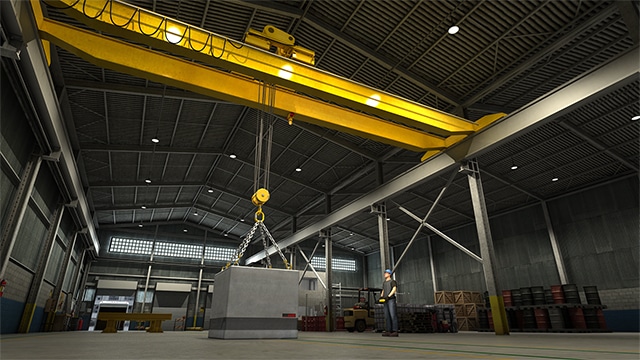
Explore

Explore

Explore

Explore

Explore

Explore

Explore
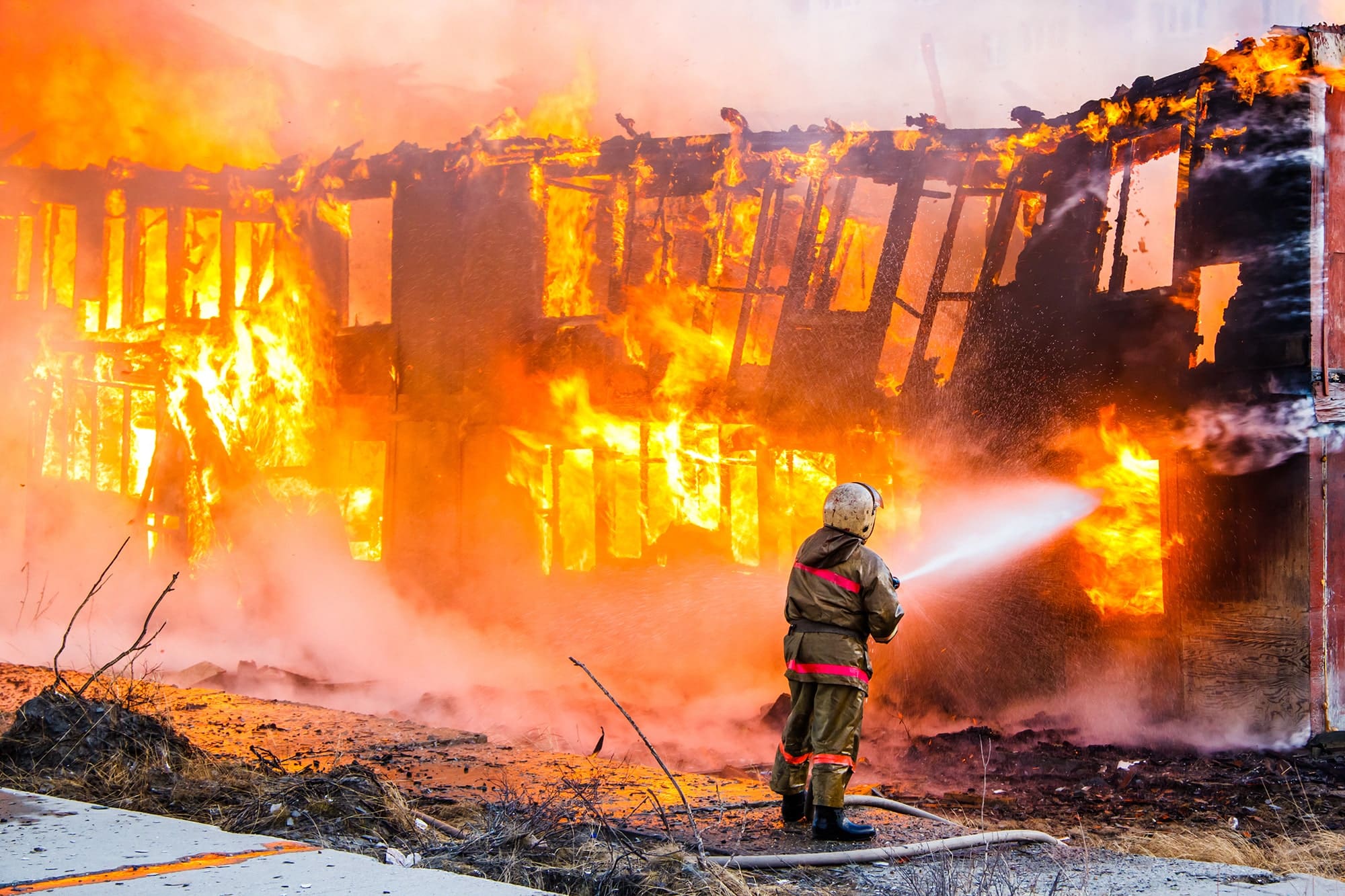
Explore
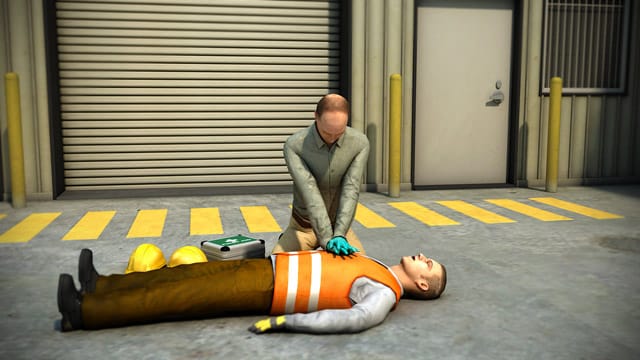
Explore
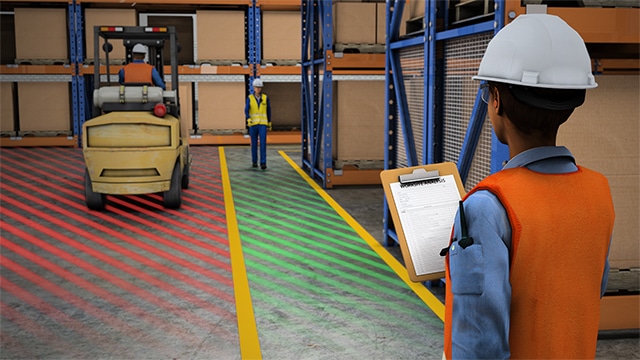
Explore

Explore

Explore

Explore

Explore

Explore

Explore

Explore

Explore

Explore
Explore

Explore
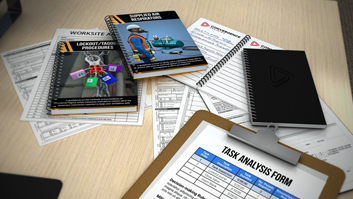
Explore
This course describes common causes of slips, trips, and falls, how they can be prevented, and first aid procedures for fall injuries.
Learn MoreUse this course to educate yourself and your team on head protection, eye and face protection, hand protection, foot protection, respiratory protection, and hearing protection.
Learn MoreThis course describes different types of ladders, as well as ladder construction, ladder selection, height requirements, weight capacity, hazardous conditions, inspections, ladder setup, safe practices when using ladders, storage, and maintenance.
Learn More
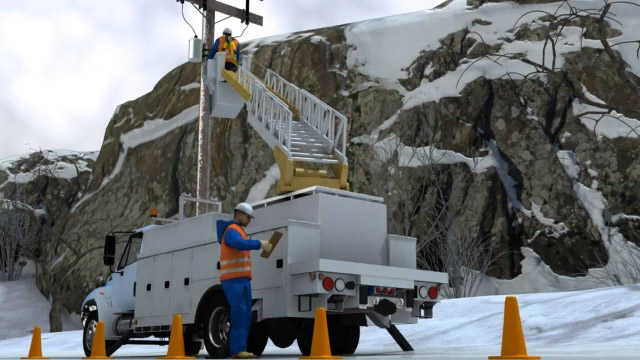

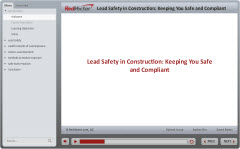
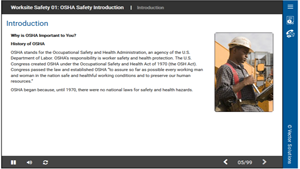
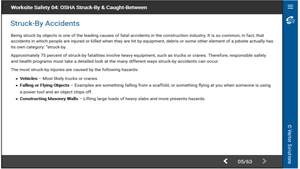
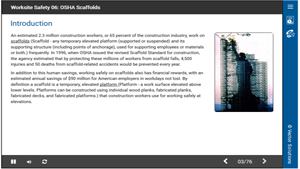
OSHA recommends Outreach Training Program courses as an orientation to occupational safety and health for workers. Workers must receive additional training, when required by OSHA standards, on the specific hazards of their job.
Please note: This course is not a part of the OSHA 10 Hour Construction Program.
OSHA recommends Outreach Training Program courses as an orientation to occupational safety and health for workers. Workers must receive additional training, when required by OSHA standards, on the specific hazards of their job.
Please note: This course is not a part of the OSHA 10 Hour Construction Program.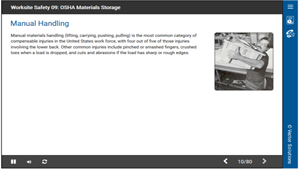
OSHA recommends Outreach Training Program courses as an orientation to occupational safety and health for workers. Workers must receive additional training, when required by OSHA standards, on the specific hazards of their job.
Please note: This course is not a part of the OSHA 10 Hour Construction Program.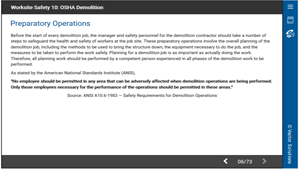
OSHA recommends Outreach Training Program courses as an orientation to occupational safety and health for workers. Workers must receive additional training, when required by OSHA standards, on the specific hazards of their job.
Please note: This course is not a part of the OSHA 10 Hour Construction Program.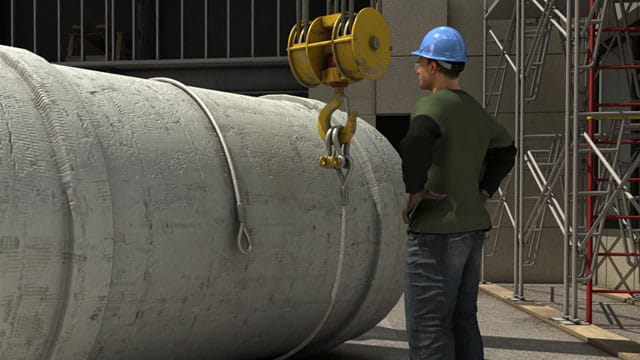
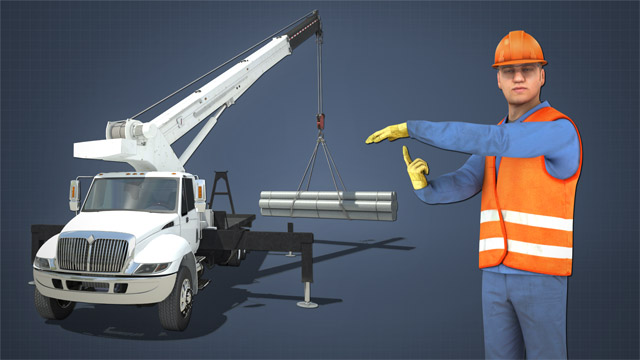
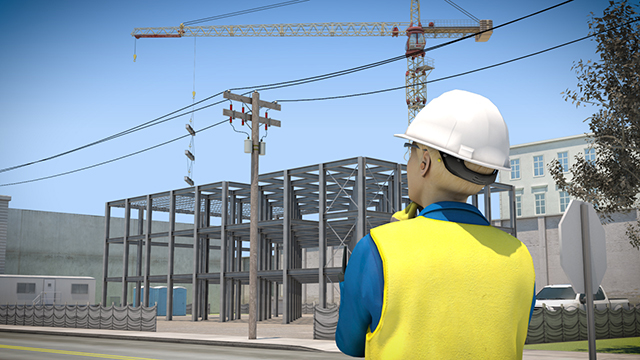




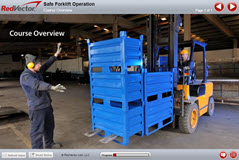
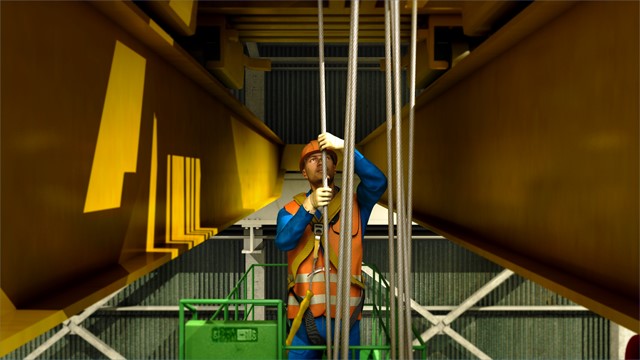
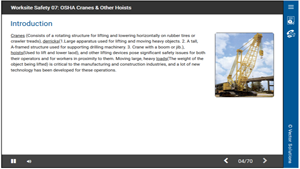

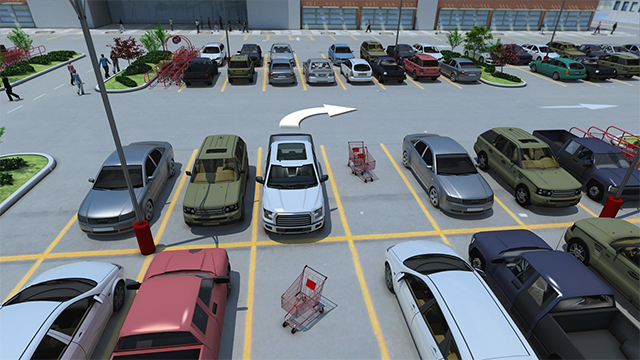











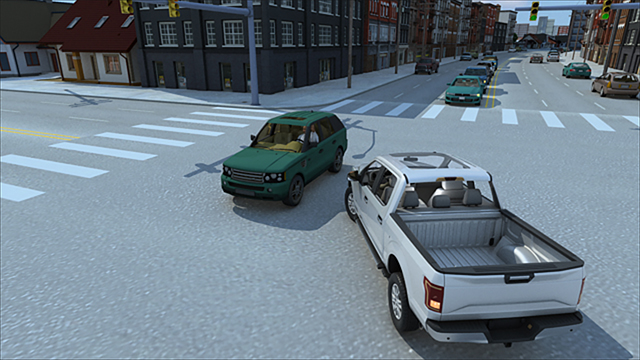





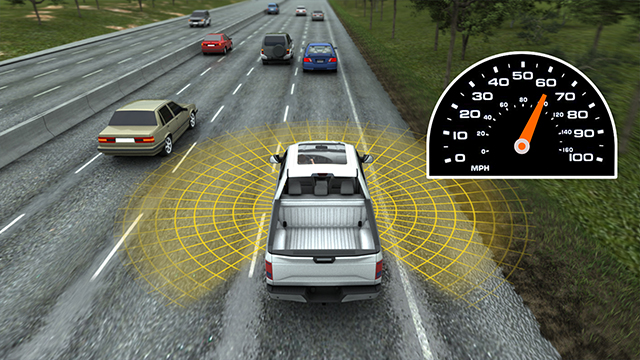
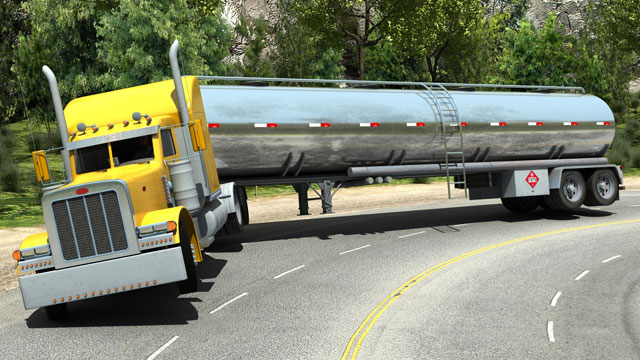

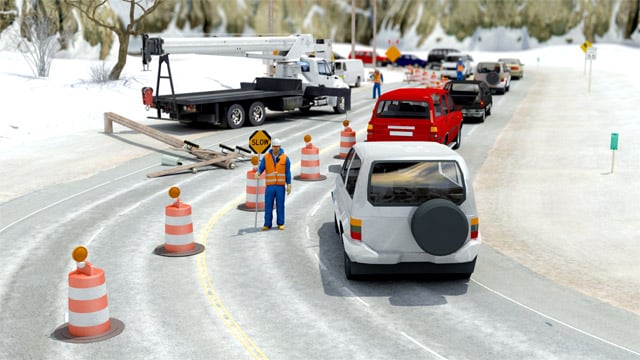
A “work zone” is an area of roadway associated with construction, maintenance, or utility work activities. Work zones are typically marked by a combination of signs, channeling devices, pavement markings, and/or work vehicles. Because they are often adjacent to active roadways, work zone workers are exposed to significant risks. Motorists, cyclists, and pedestrians traveling through and around work zones also face significant risks.
Roadways and work activities differ, and weather, traffic volumes, and local environments also vary, so a “one size fits all” approach to work zone safety is not appropriate. However, there are policies, procedures, and guidelines which do apply. These are all covered in this module.

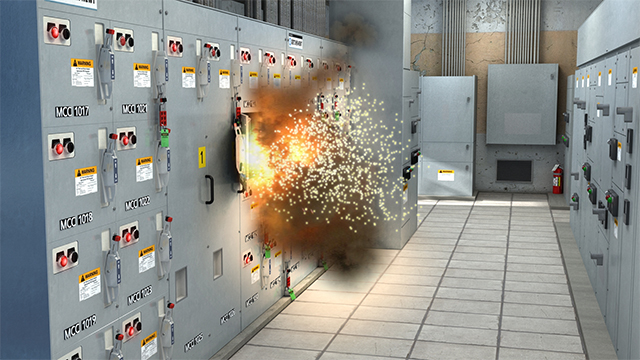
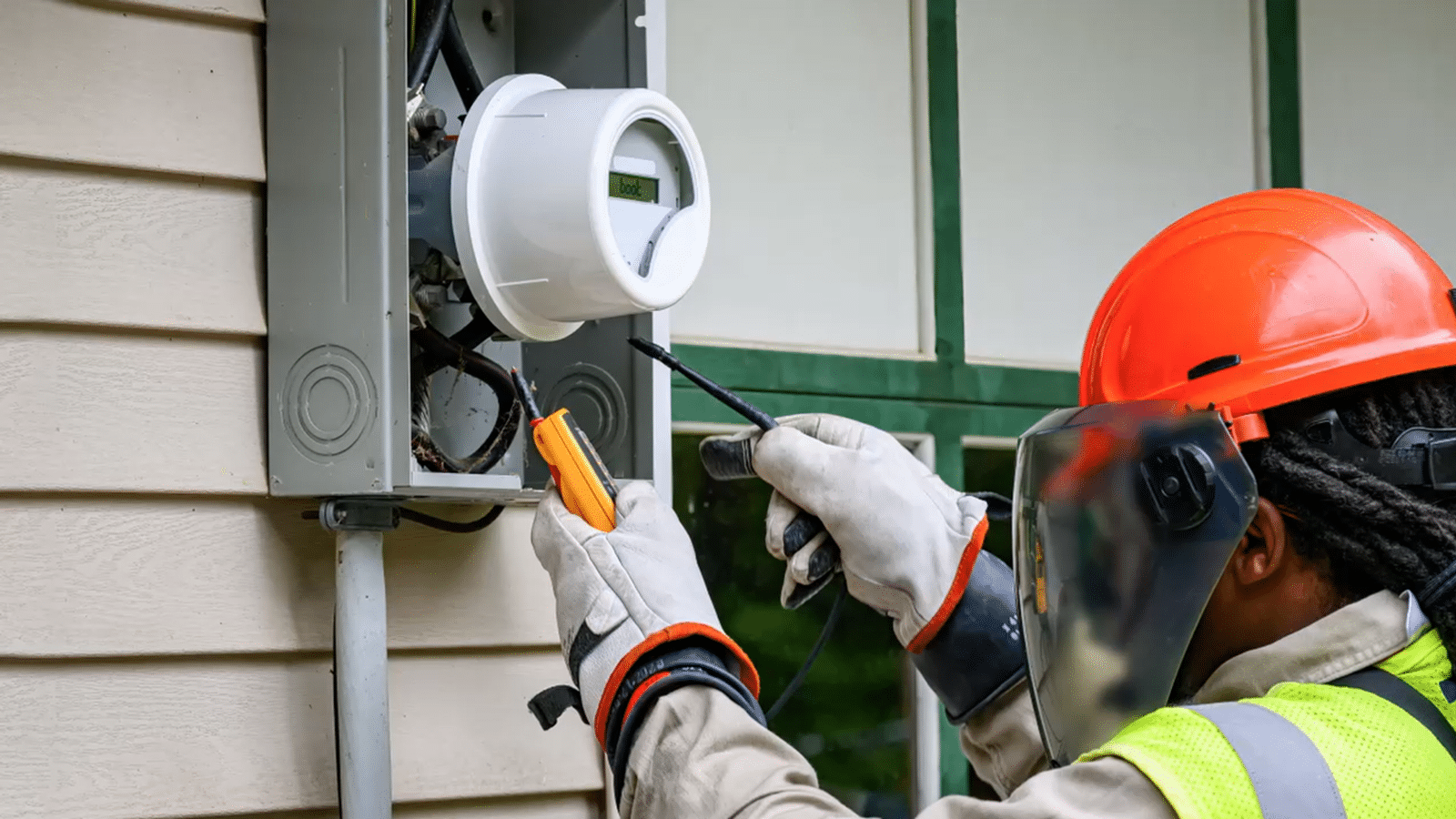
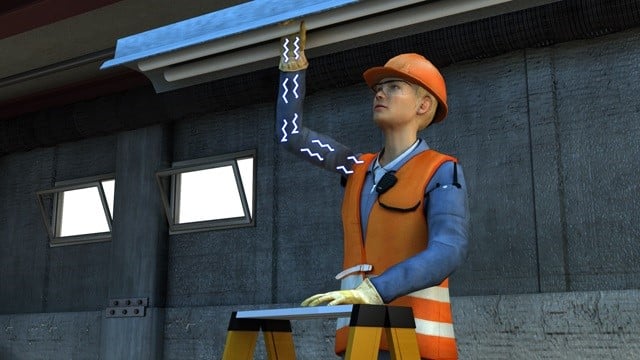
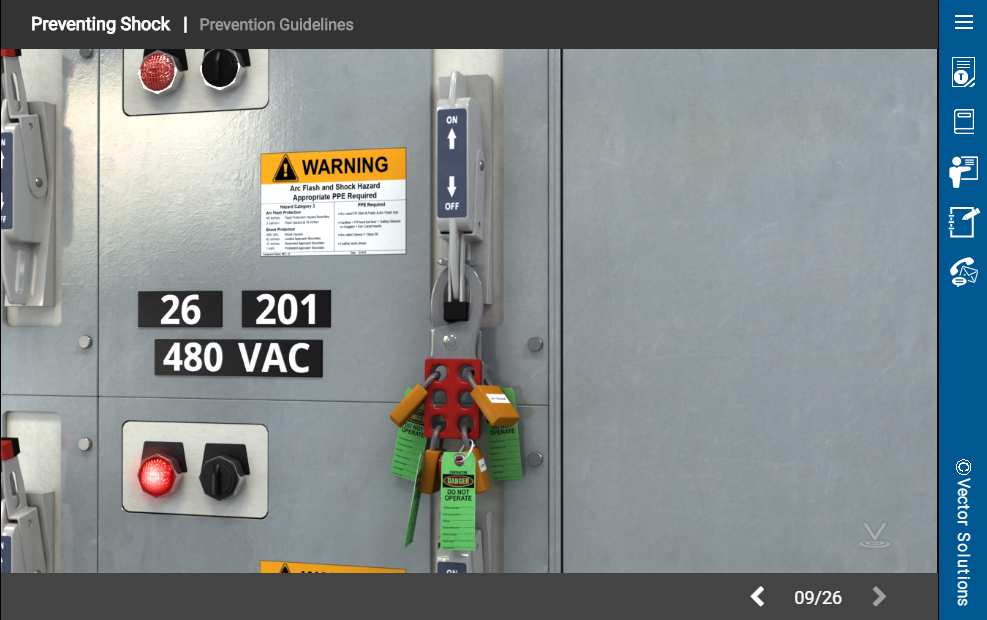
Electricity is an essential element of the workplace. It provides light, heat, motive power and communications, but it is also dangerous. The need to constantly maintain, repair and upgrade electrical equipment means that employees will sometimes be in close vicinity to electricity and therefore exposed to some risk. This interactive online course covers the dangers of an arc flash and the effects of different current flows on the body. It describes the importance of a lockout tagout program and the goal of the NFPA 70E standard.



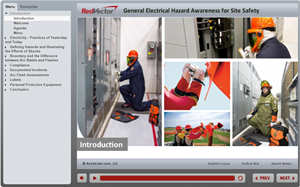



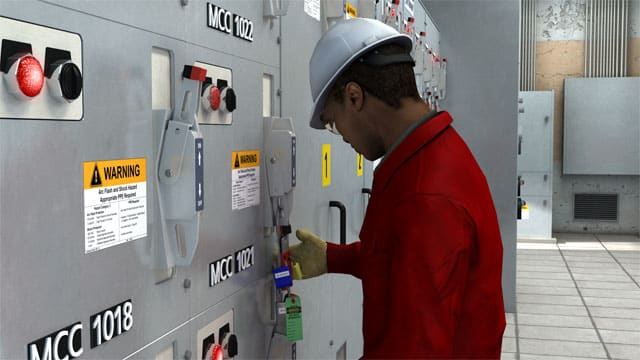
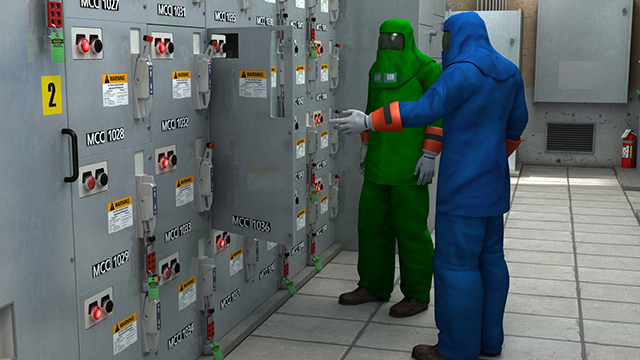



This is a two-part course which covers the 2020 NEC Changes. Part One covers the changes in Articles 242 and 250 of the National Electrical Code®. The new article 242 contains the requirements for overvoltage, or surge, protection. Article 250 covers the grounding and bonding of systems and equipment. Notable changes include the creation of Article 242 and deletion of Article 280 and 285, a new section addressing the bonding of equipment on the line side of the service, specific requirements for aluminum conductors, limiting the role of rebar in the grounding electrode system, fixing an error about the sizing of bonding jumpers, reducing the identification requirements for equipment ground conductors, and providing relief for the sizing of equipment grounding conductors in certain applications.
Part Two covers the changes in Articles 300, 310, 311, 312, and 314 of the National Electrical Code®. Article 300 contains general requirements for wiring methods. Article 310 covers conductors rated 2,000V and less. New Article 311 covers conductors rated more than 2,000V. Article 312 covers cabinets, cutout boxes, and meter socket enclosures. Article 314 covers outlet, device, pull, and junction boxes; conduit bodies; fittings; and handhole enclosures. Notable changes include clarifying which fittings may be concealed, harmonizing building code and electrical code rules for stair enclosures, a complete rewrite of Article 310, a new article 311, specific rules for cable trays and enclosures used together, and major changes for boxes in the ceilings of dwelling units.

This is a two-part course which covers the 2020 NEC Changes. Part One covers the changes in the Chapter 3 wiring method articles of the NEC, namely Articles 320 through 392 (AC cable through cable trays). Notable changes include new rules for cables in thermal insulation, a new article (337) for Type P cable, clarifying the different types of service entrance cables, clarifying the rules for stainless steel raceways and fittings, and addressing cable trays that utilize flanged openings.
Part Two of this course covers the changes in Articles 404, 406, 408, and 410 of the National Electrical Code®. Articles 404 and 406 contain the requirements for switches and receptacles. Article 408 covers panelboards, switchboards, and switchgear. Article 410 covers luminaires, lampholders, and lamps. Notable changes include updating the rules for switches, including listing requirements, new prohibited locations for receptacles, expansion of tamper-resistant receptacle requirements, new marking requirements for panelboards, switchboards, and switchgear, and addressing the unique needs of horticultural lighting.

This is a two-part course which covers the 2020 NEC Changes. Part One of this course covers the changes in Articles 411, 422, 424, 430, 440, 445, 450 and 480 of the National Electrical Code®. Article 411 contains the requirements for low voltage lighting. Article 422 covers appliances. Article 424 covers fixed electric space-heating equipment. Article 430 covers motors and their controllers. Article 314 covers air-conditioning and refrigeration equipment. Article 445 contains the requirements for generators. Article 450 covers transformers. Article 480 covers storage batteries. Notable changes include expanding the GFCI requirements for specific appliances, addressing new overload protection options for certain motors, new listing requirements for generators, and added disconnecting means requirements for generators and batteries.
Part Two of this course covers the changes in Articles 700, 702, 706, 725, 770 and Chapter 8 of the National Electrical Code®. Article 700 contains the requirements for emergency systems. Article 701 covers optional standby systems. Article 706 covers energy storage systems. Article 725 covers Class 1, 2, and 3 remote-control, signaling, and power-limited circuits. Chapter 8 covers communications systems. Notable changes include clarification of the requirements for transfer equipment, reduced requirements for unit equipment used for emergency lighting, several new requirements for energy storage systems, and the consolidation of several rules in Chapter 8.
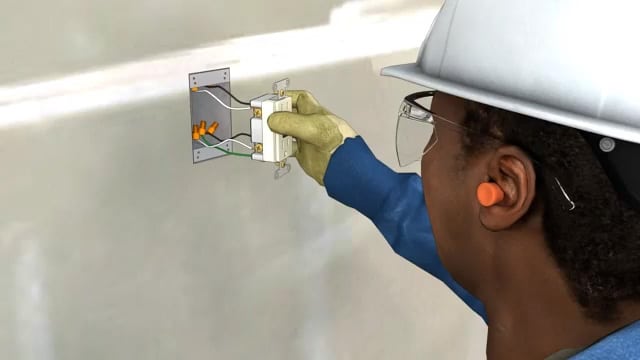
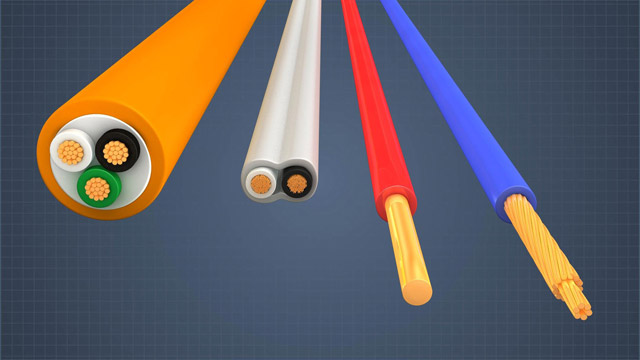

Welcome to this 2-hour interactive online course that is the first of a two-part series which introduces you to many workplace situations that require you to work safely with electricity. You’ll learn how and why electricity can be dangerous. You’ll also learn about various methods used for protection. Safety begins with the careful installation of electrical components by means of approved wiring methods. You should use safety procedures and practices that insulate you from electricity’s power anytime you work with or near electrical equipment or components. Specifically, Part 1 looks at:
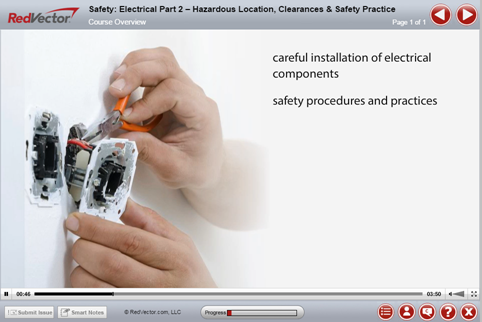

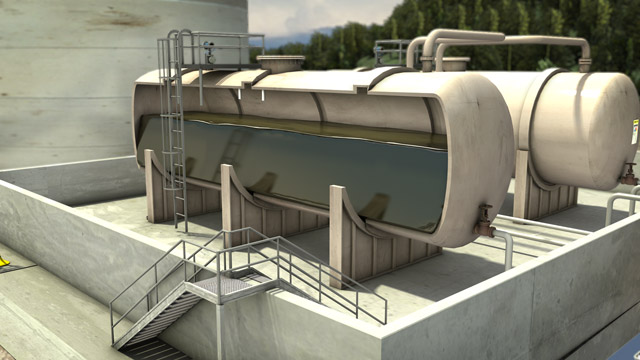
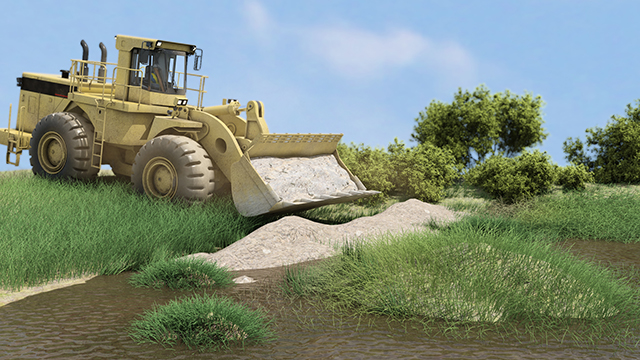
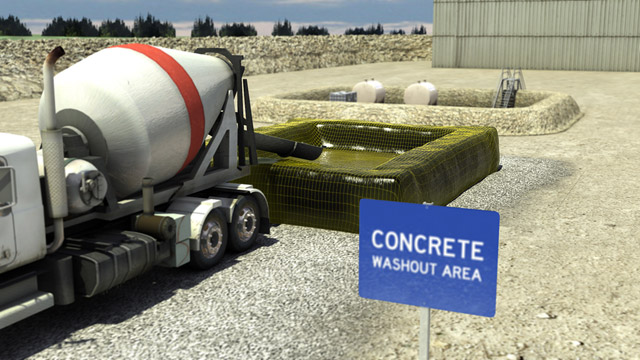





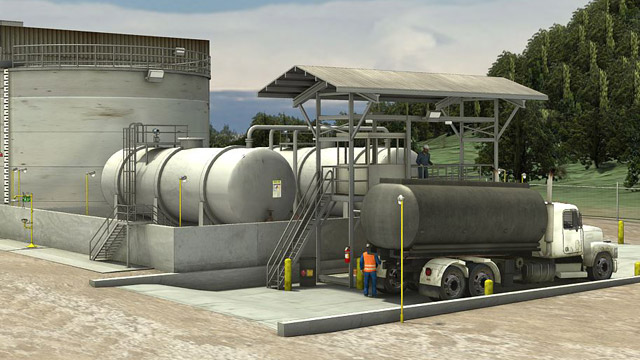

The Resource Conservation and Recovery Act (RCRA) provides the framework to manage hazardous waste from cradle to grave. Waste generators are responsible for determining if a waste is hazardous by following the hazard identification steps outlined by RCRA. This course describes these hazard identification steps and how to determine if something is a hazardous waste.

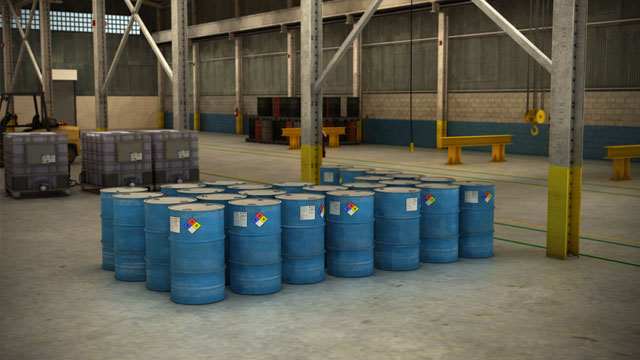


The purpose of the EPA’s SPCC rule is to prevent oil contamination of navigable waters and adjoining shorelines. Facilities which store or handle large quantities of oil are required to create an SPCC plan whose purpose is to prevent, control, and deal with oil discharges. One way these facilities can unintentionally discharge oil to waterways is with runoff. To prevent this, they can prevent run-on from reaching equipment with the potential for oil discharges, and also prevent oil-containing runoff from leaving the facility. This course describes the containment measures that can be used to accomplish these goals.

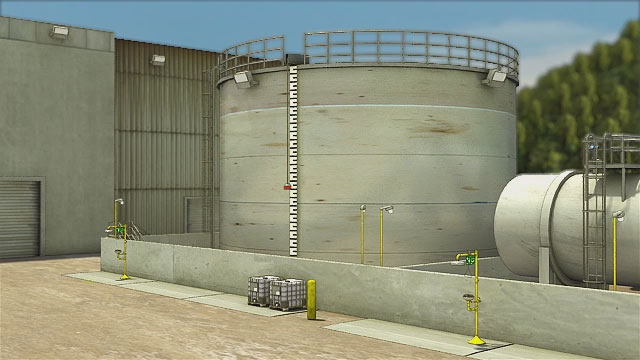



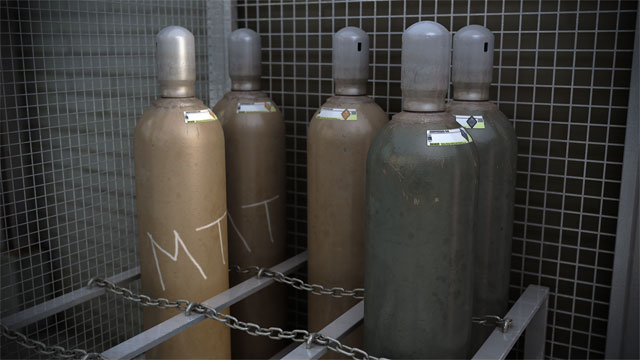
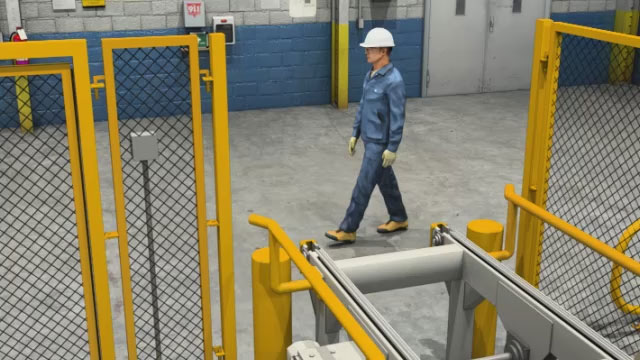




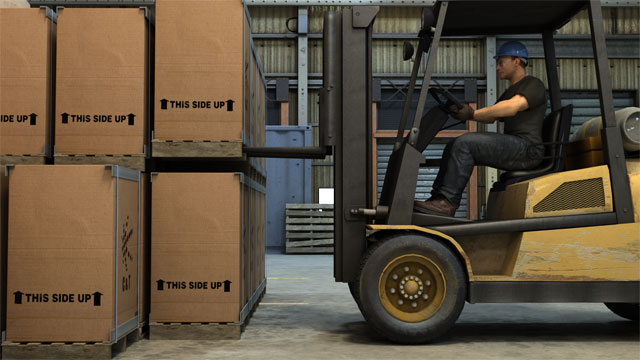





Lasers have become an integral part of society. They are used in everything from fiber optic communication systems to surgical procedures to barcode scanners and laser levels. The practical applications of lasers are almost unlimited.
This course describes laser light, how lasers work, and different types of lasers. It explains the different laser classifications, describes engineering and administrative controls used on and around lasers and lists laser hazards and safety guidelines.


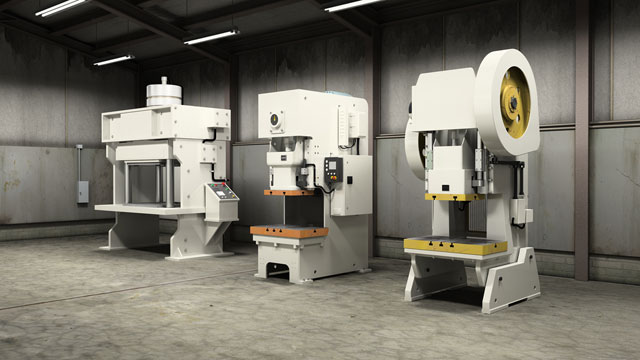



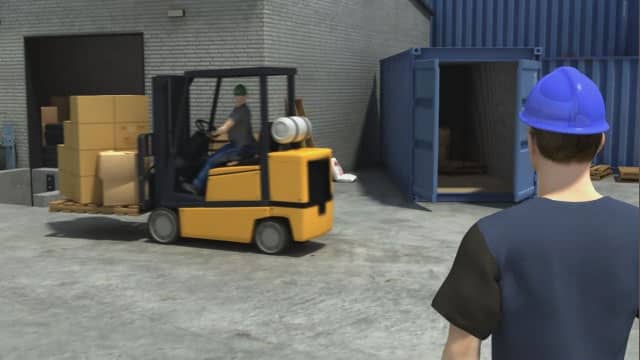
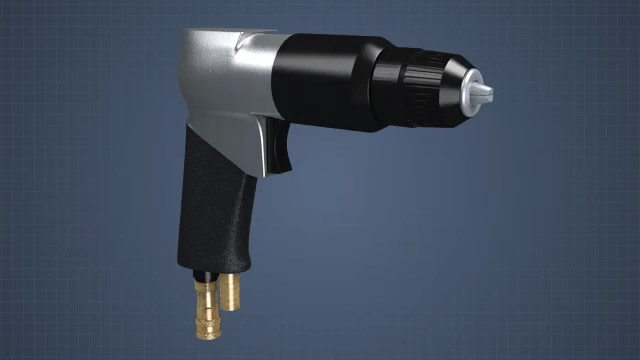
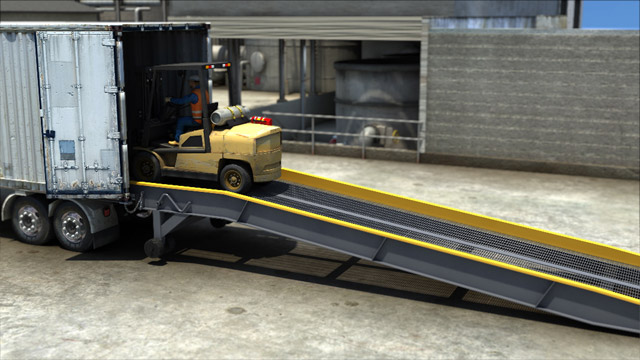



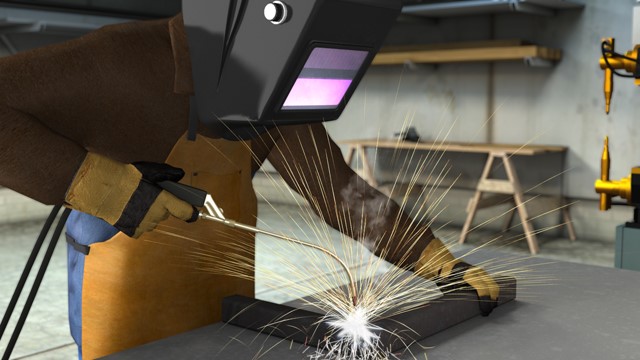

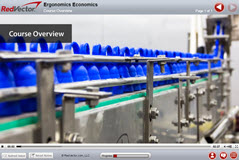
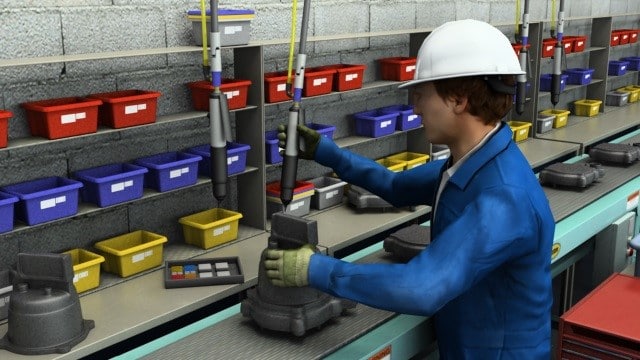
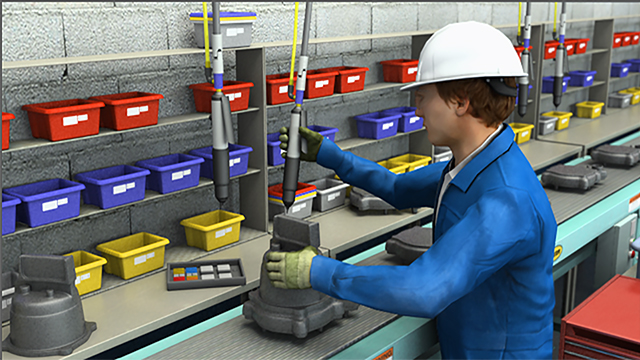






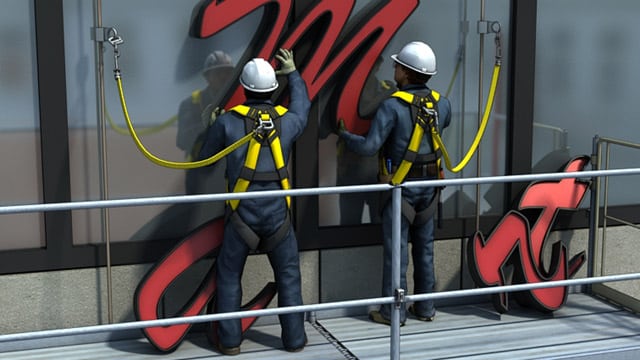



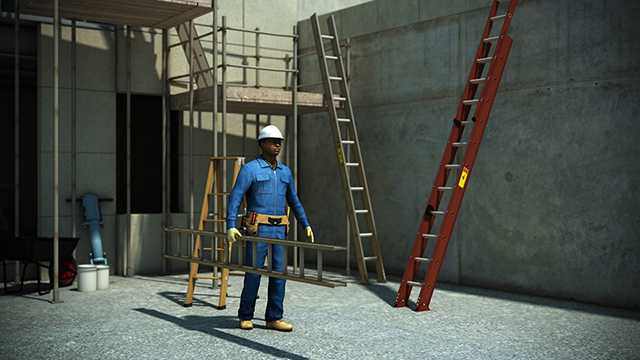



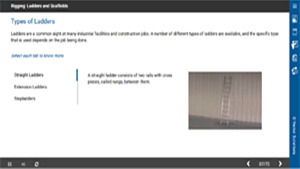


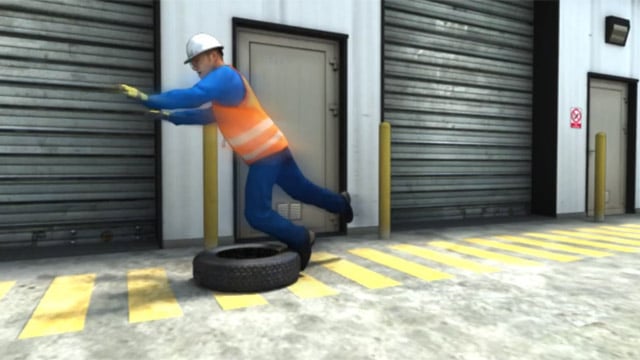

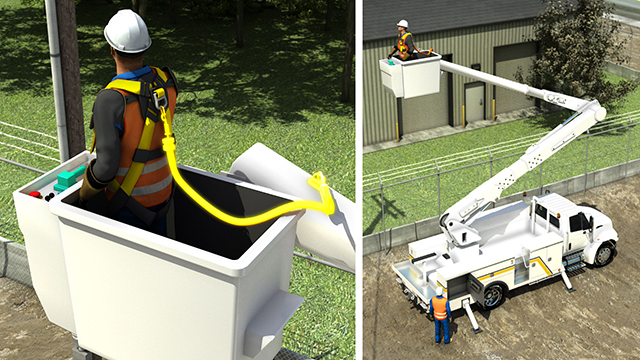



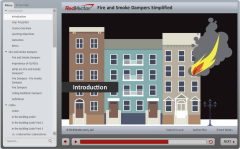
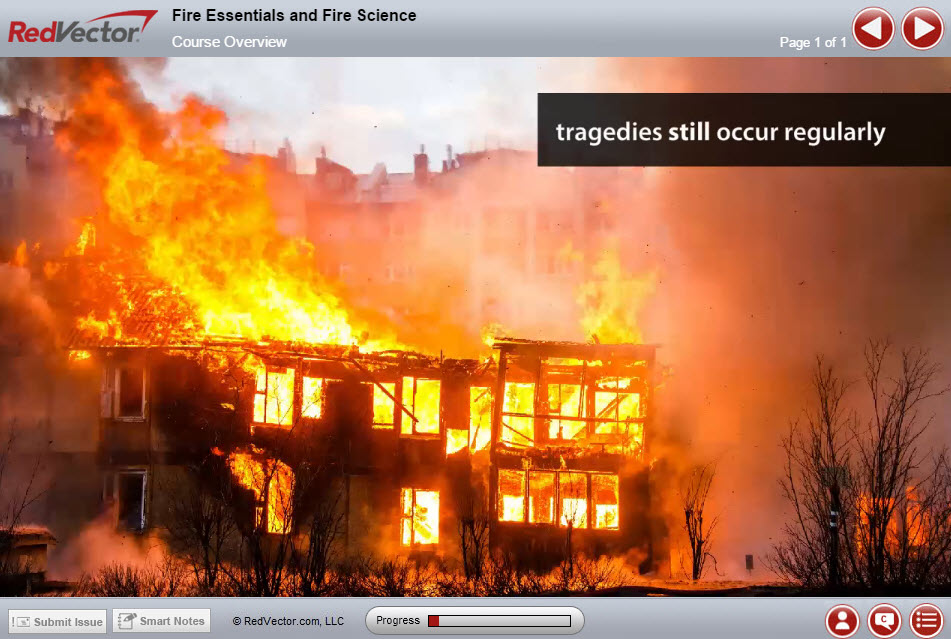
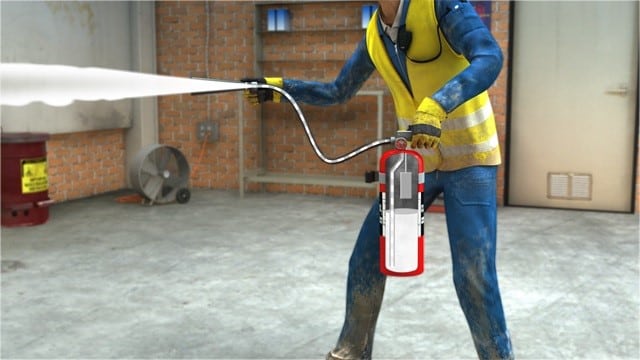





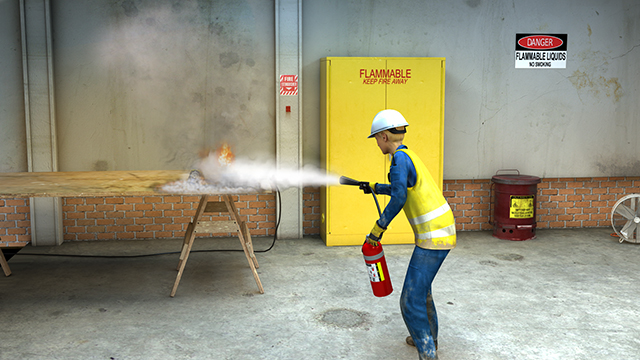
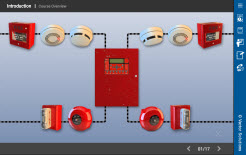
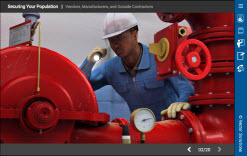
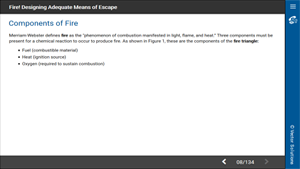
This 2-hour online course focuses on one of the important life safety protection features-adequate means of egress-in the context of two of the leading codes used in the U.S. today: the National Fire Protection Association (NFPA®) Life Safety Code, and the International Code Council (ICC) International Fire Code. There is a test at the end of this course.
Vector Solutions has a long history of providing industry-specific content for its customers. While this course and its content remain accurate and functional within our systems, the look and feel may not match our more modern offerings.

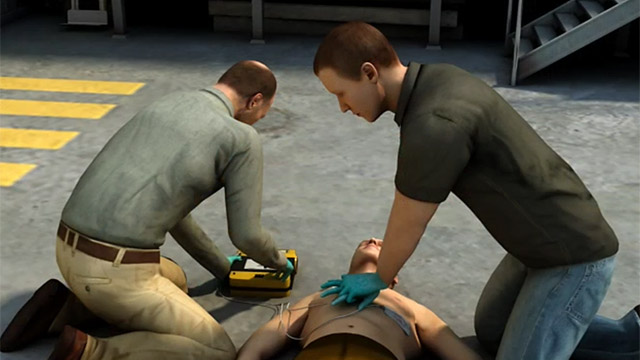
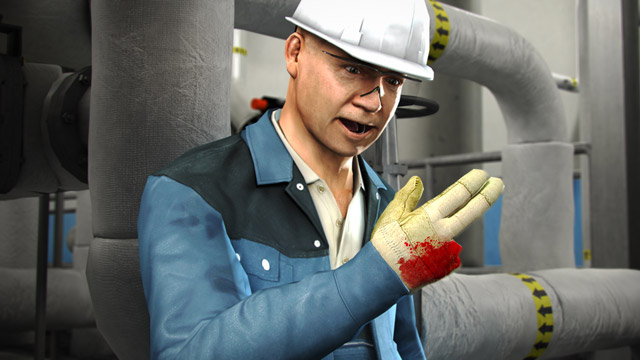

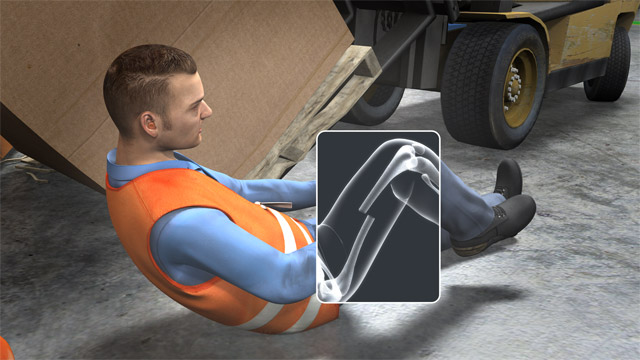


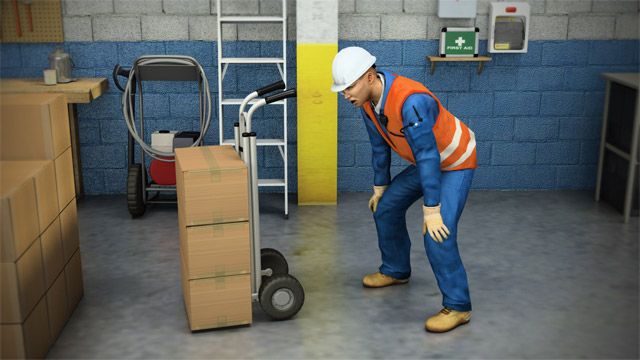





Did you know that work-related traumatic brain injuries account for 20-25% of work-related trauma? Head injuries are common at work. In some cases, they can be quite minor, but in others, they can be very serious or even deadly. In this course, you’ll learn some tips for avoiding head injuries, how to recognize a concussion, how to provide first aid for minor and more serious head injuries, and how to provide first aid if the person has lost consciousness.


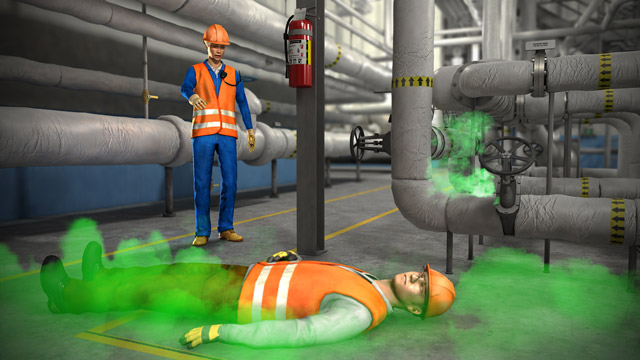



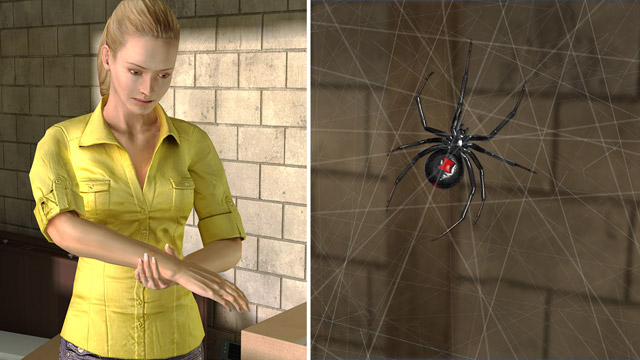
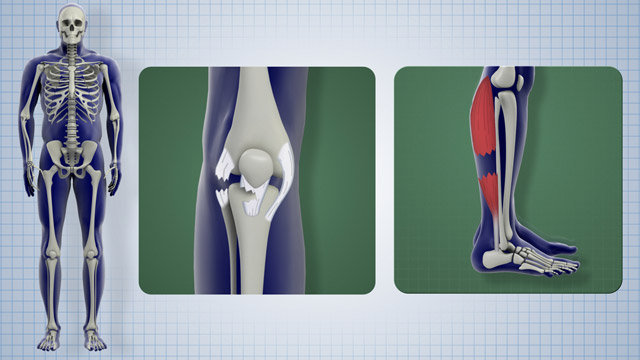

A stroke is a serious medical issue requiring emergency medical assistance. This course explains some causes and types of strokes, lists common stroke symptoms, introduces the American Stroke Association’s F.A.S.T. method for identifying stroke symptoms and calling for first aid, and provides first aid procedures.


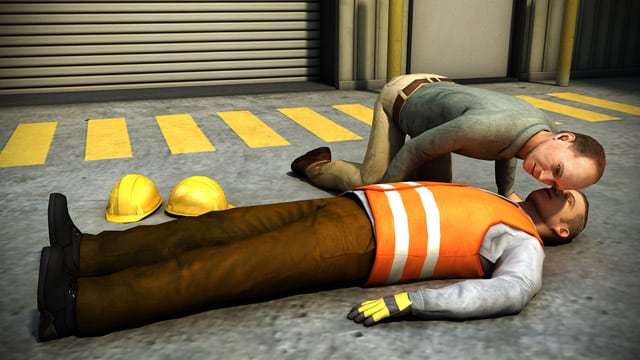


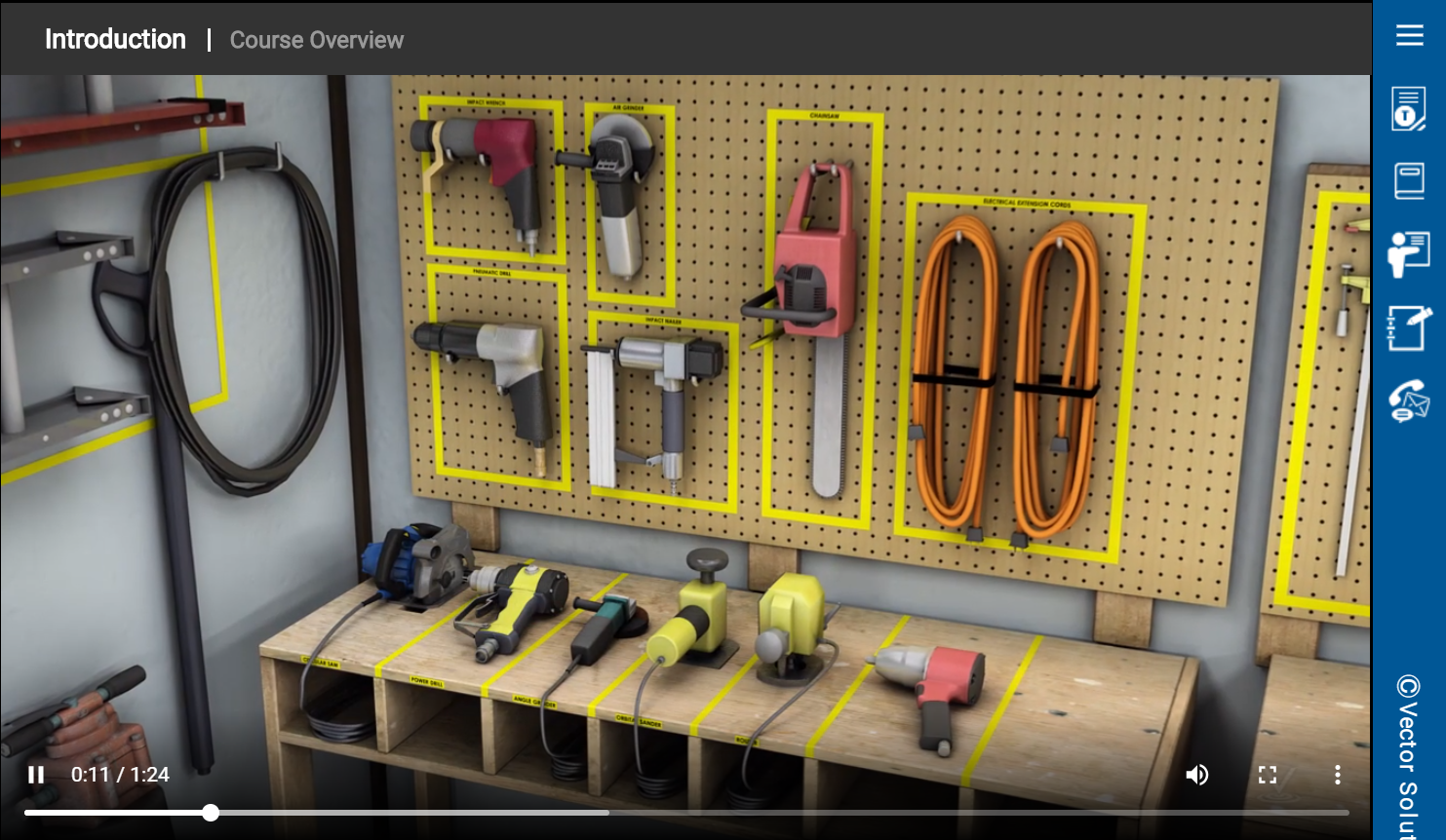
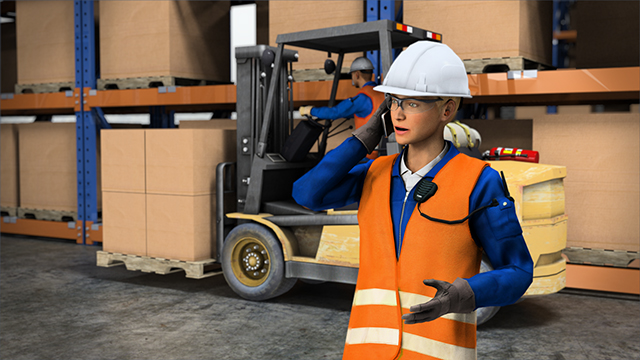



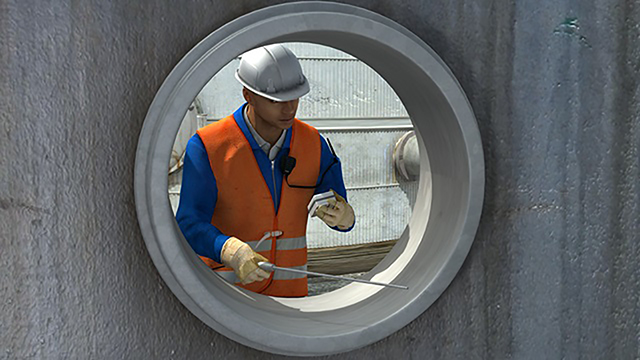






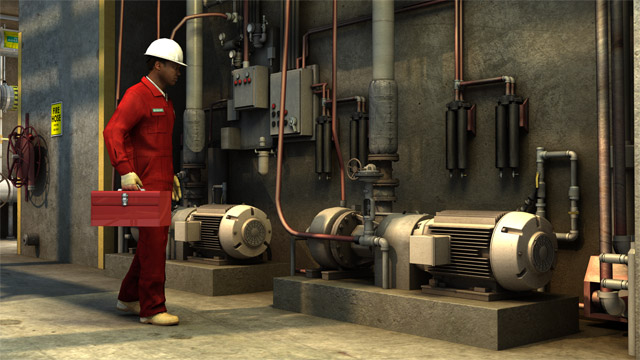



Many different types of jobs require people to work shifts outside of “normal” daytime hours – convenience store clerks, hospital emergency room staff, law enforcement personnel, and firefighters, to name a few. Evening and night shift work can be challenging as it disrupts the body’s regular sleep/wake schedule. This leads to fatigue, stress, and lack of concentration, and increases the risk of operator error, injuries, and accidents.
This course describes some of the common hazards of night shift work and ways to deal with them. Specifically, it discusses sleep deprivation symptoms and prevention, nighttime weather and lighting needs, and best practices for working outside and operating mobile equipment at night.
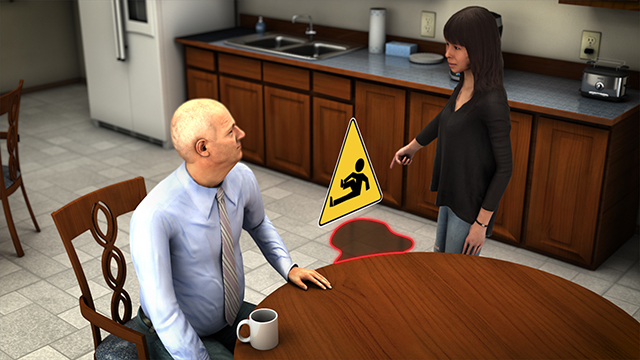

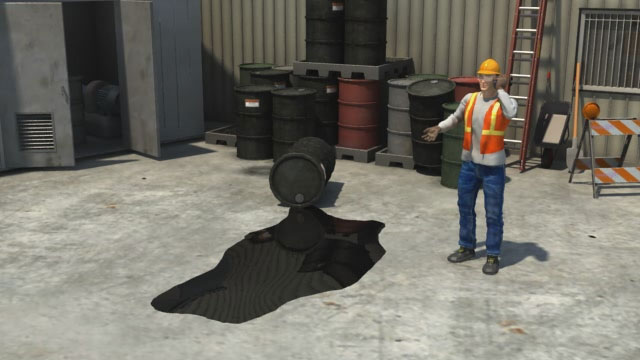


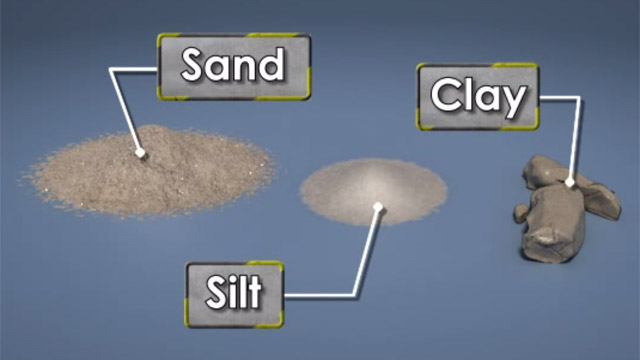

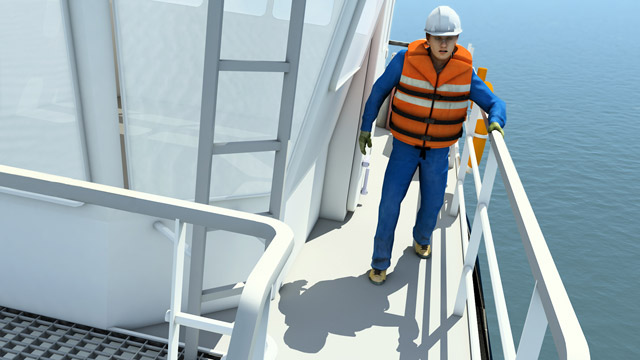

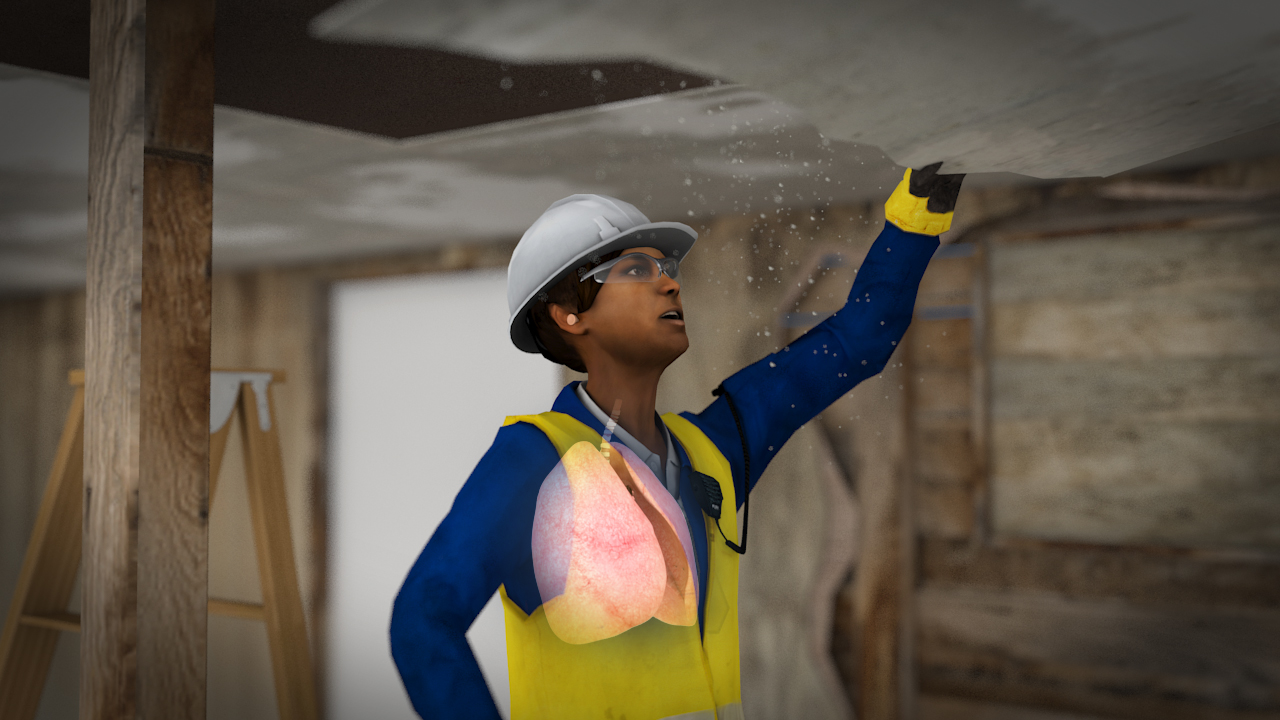

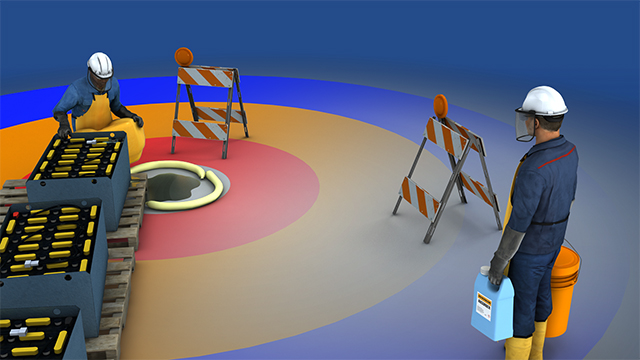



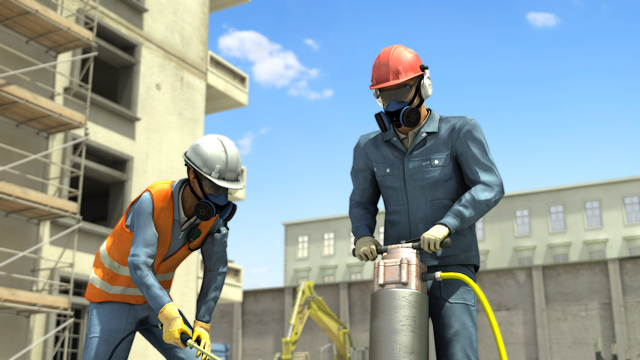



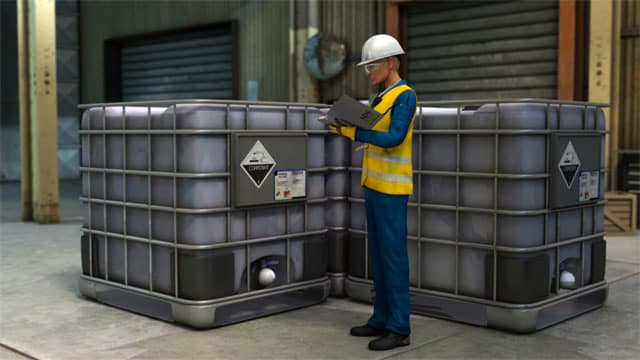
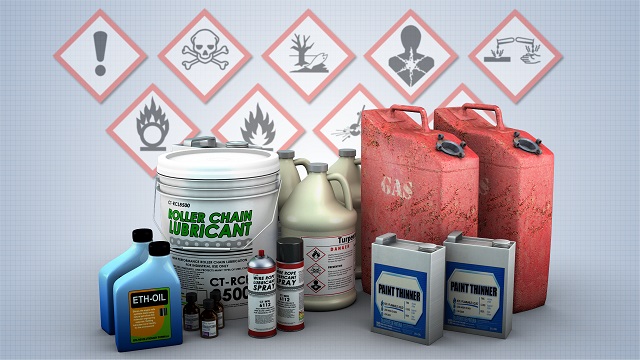

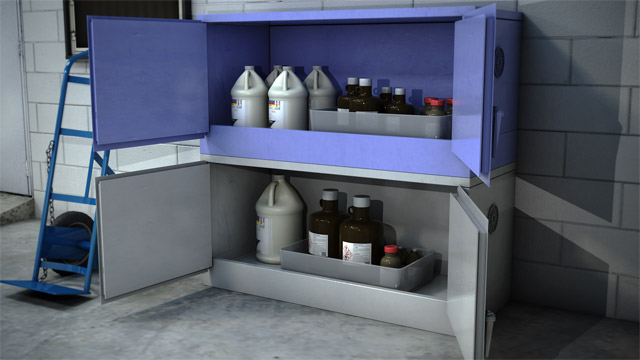
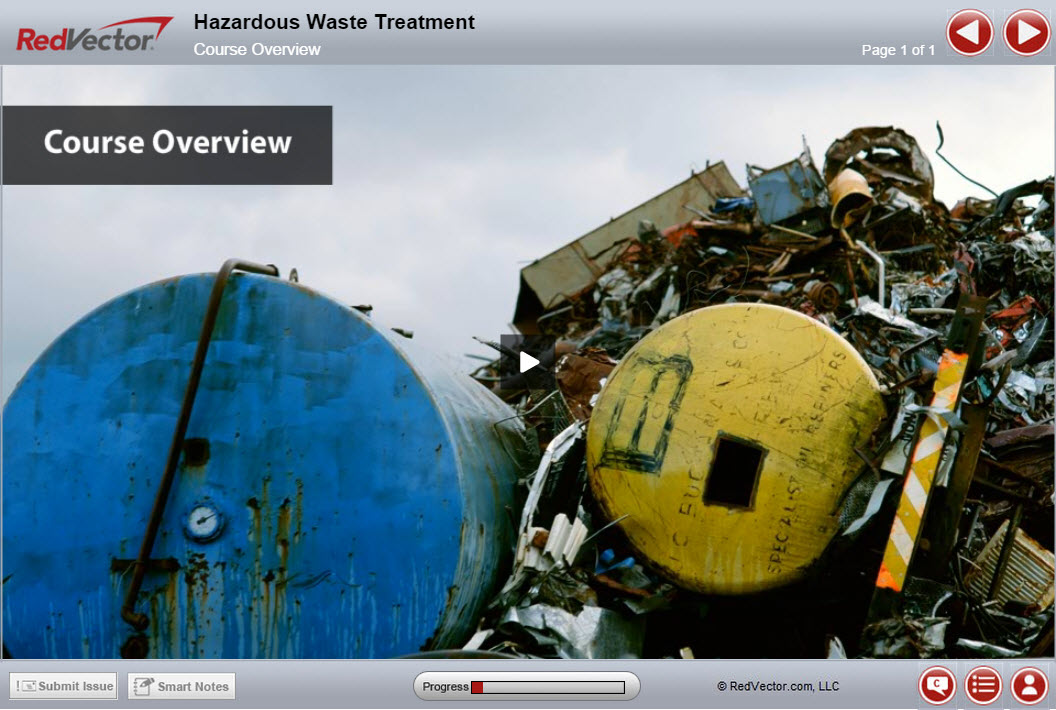




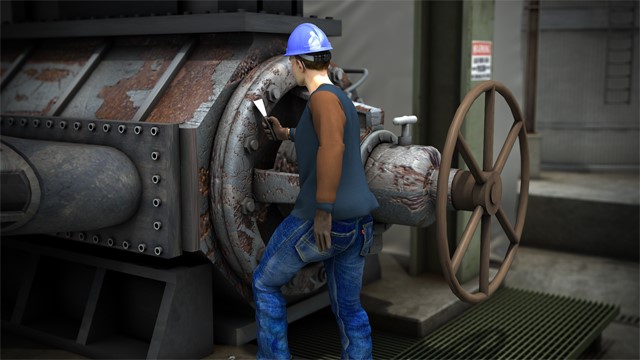



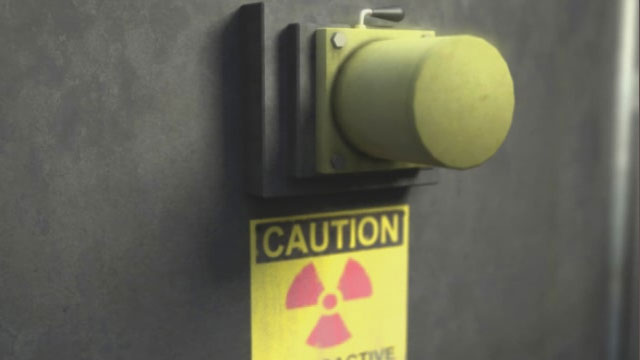





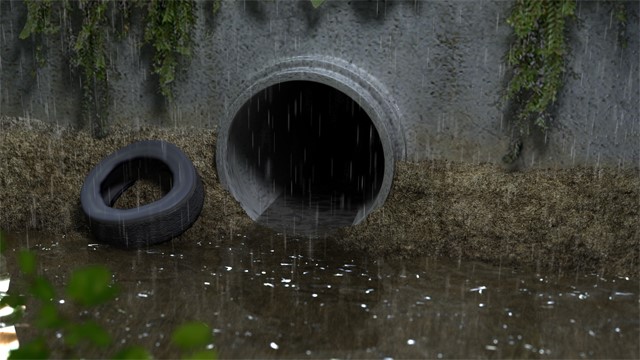

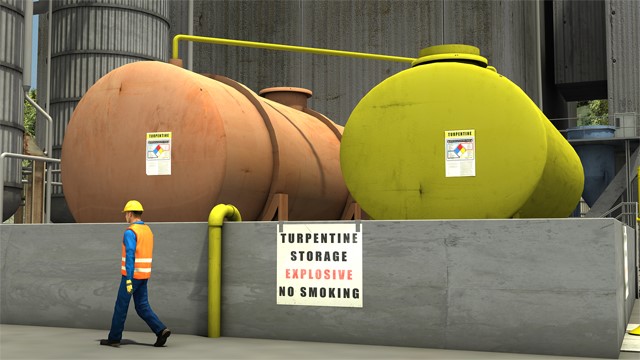
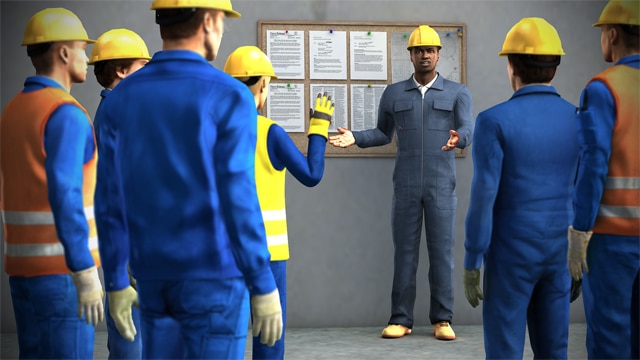

People commonly work near or with many different hazardous materials. A hazardous material is any material that is potentially dangerous to human health and safety when misused or mishandled. Paints, solvents, acids, gasoline, compressed gases such as propane, and liquid cleaning products such as bleach are just a few of the hazardous chemicals workers are exposed to on a regular basis.
In Canada, the Workers Hazardous Material Information System (WHMIS), is a hazard communication system that ensures Canadian workers are provided with sufficient information to understand the hazards of the chemicals they may be exposed to in their workplace. This course covers how chemicals are classified under WHMIS, the health hazards and physical hazards outlined by the WHMIS, chemical hazard pictograms and statements on labels and SDSs, employer requirements, and employee rights and responsibilities.



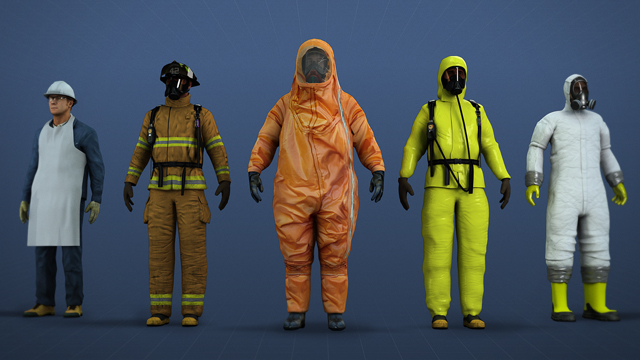



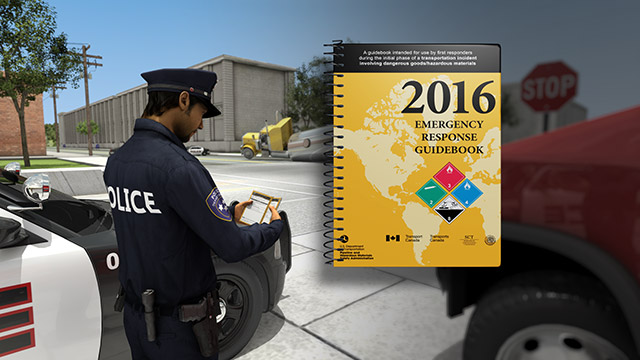
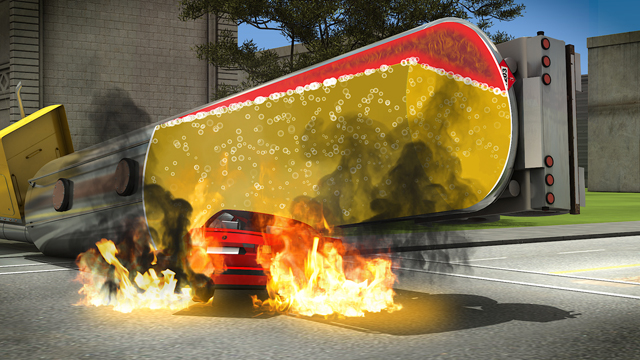


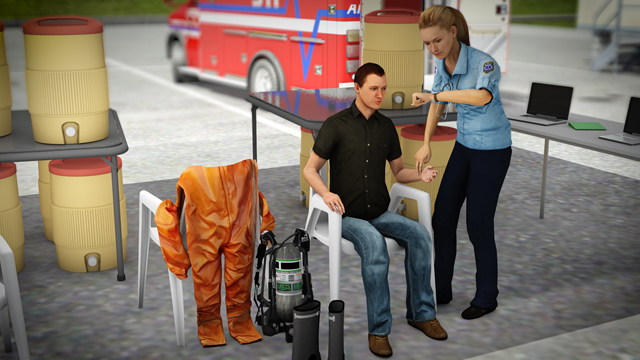
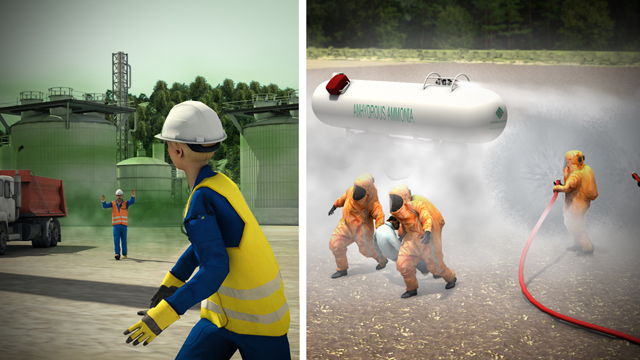
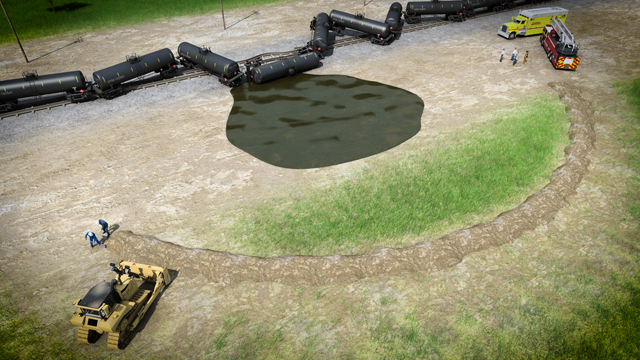

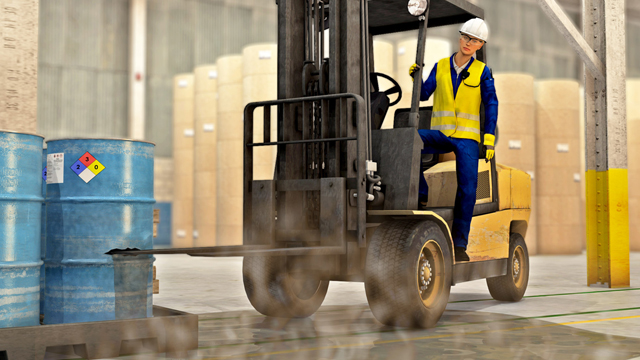

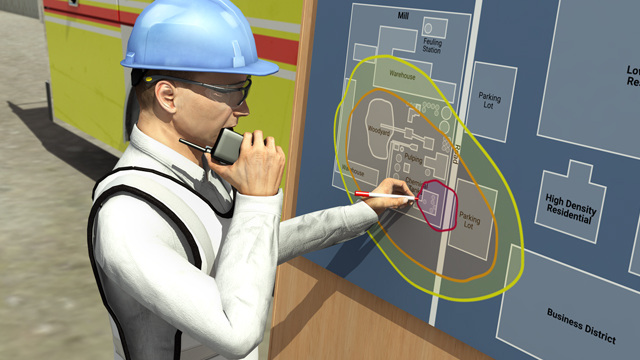
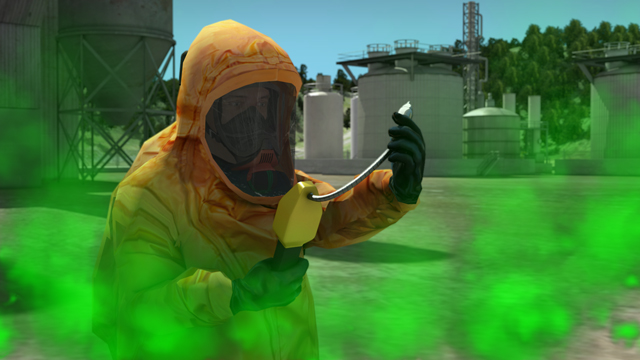
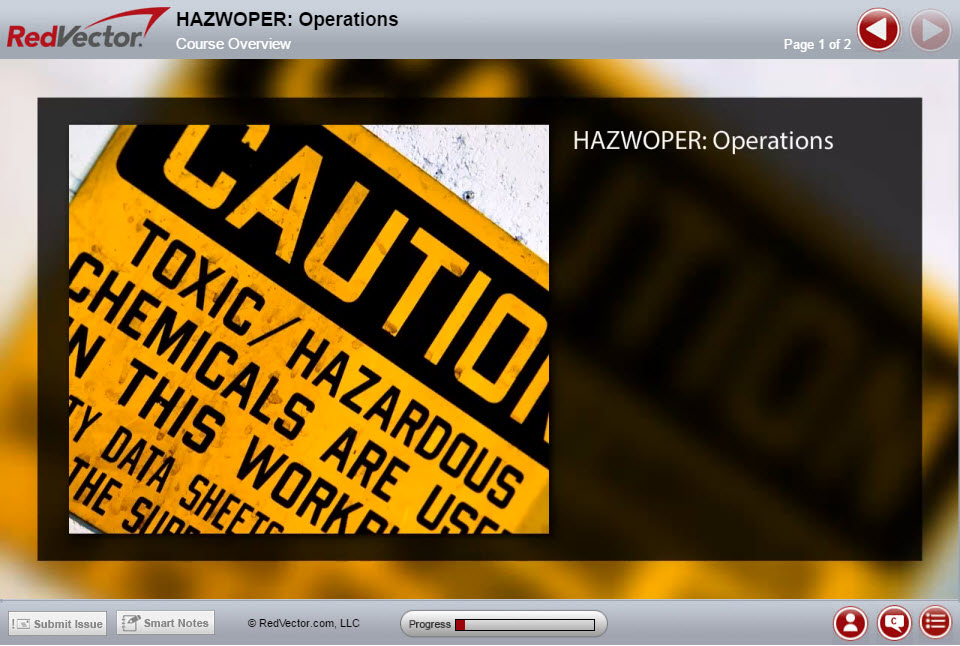












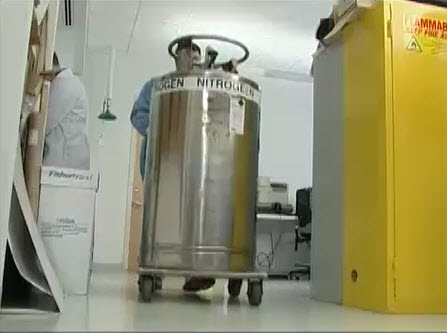







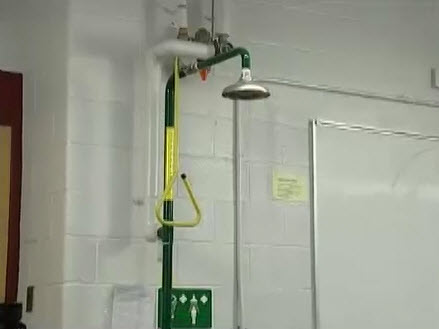
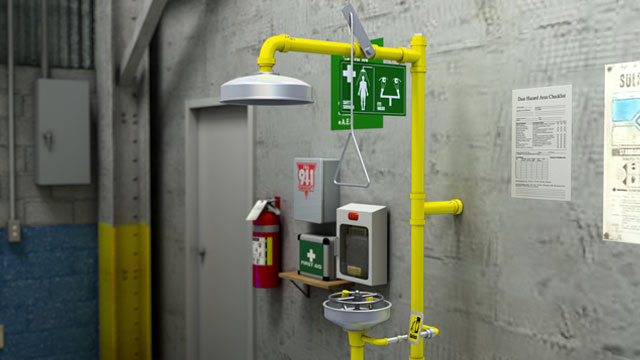

Blocking and cribbing is a phrase that describes a variety of procedures used to stabilize heavy equipment, or large components of heavy equipment, during maintenance. Blocking refers to any of a number of methods for securing a machine, or part of a machine, while it is being worked on. Cribbing refers to the technique of stacking a group of uniform blocks to create a temporary, but sturdy, elevated structure capable of supporting a heavy load. This course describes equipment and guidelines for successful blocking and cribbing operations.



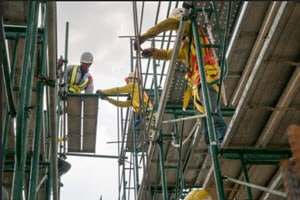

The specific Modules covered in this course are:
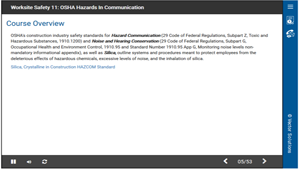
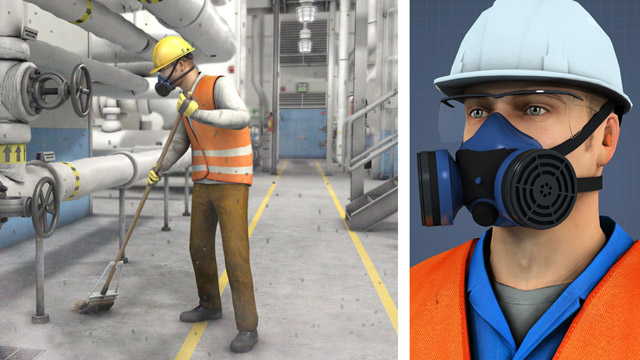

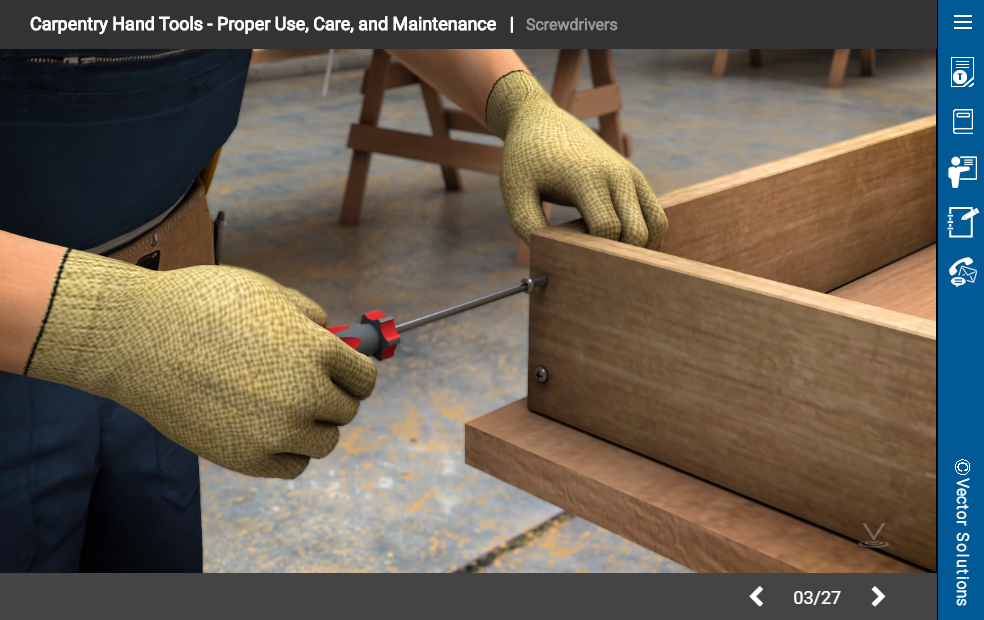

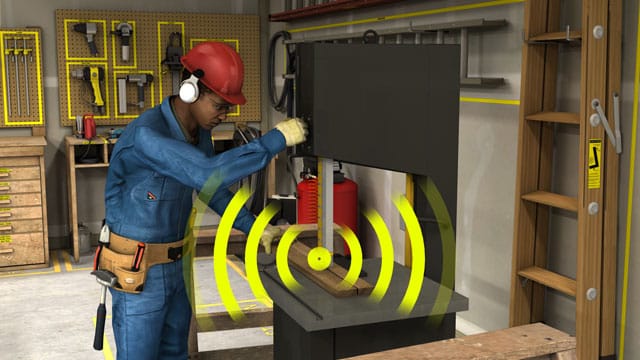
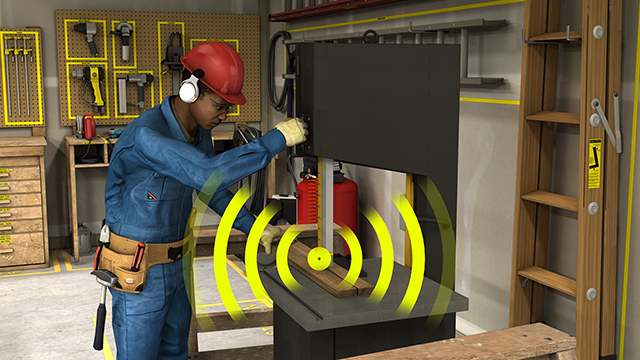


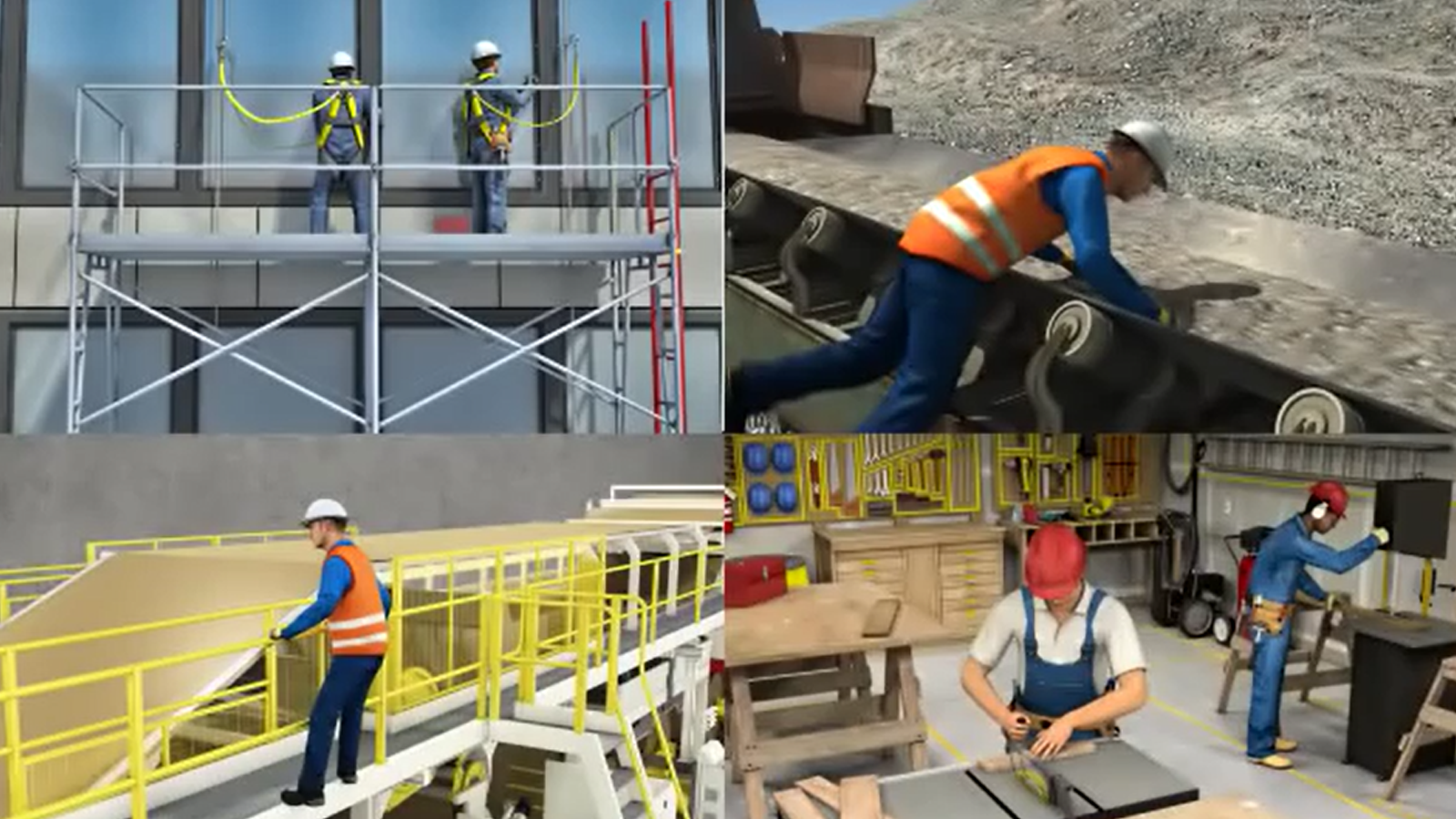



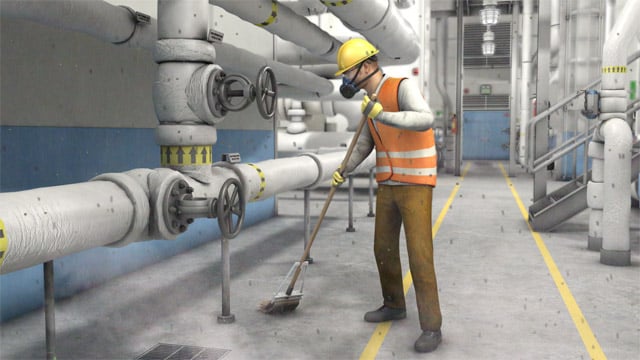
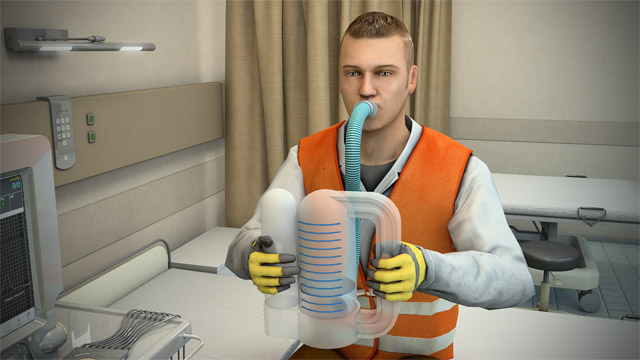

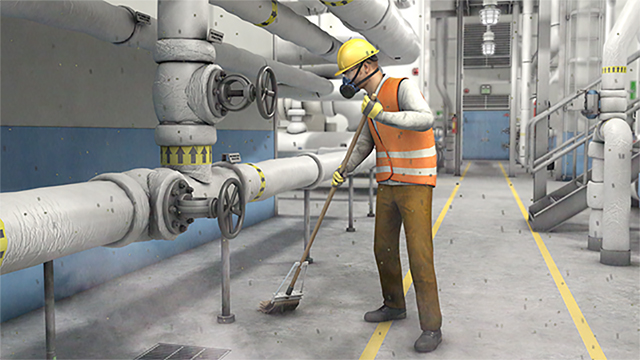

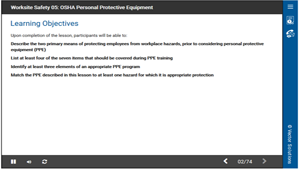
OSHA recommends Outreach Training Program courses as an orientation to occupational safety and health for workers. Workers must receive additional training, when required by OSHA standards, on the specific hazards of their job.
Please note: This course is not a part of the OSHA 10 Hour Construction Program.
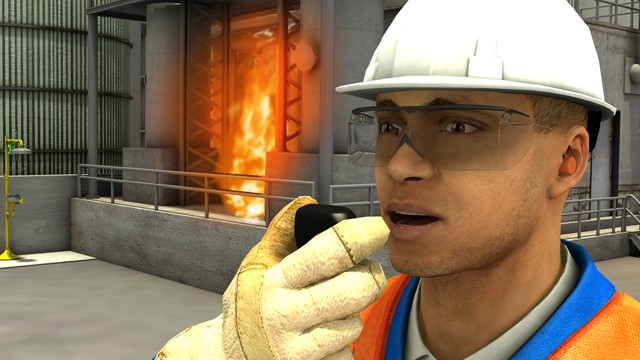
Process Safety Management is the identification, evaluation, and prevention of highly hazardous chemical releases that could occur as a result of catastrophic failures in processes, procedures, or equipment. This course covers the components of the OSHA regulation in detail.
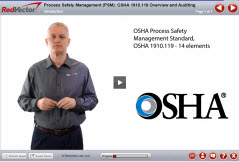


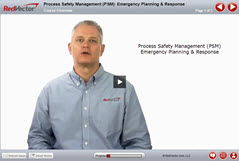

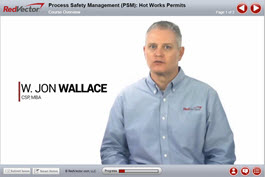


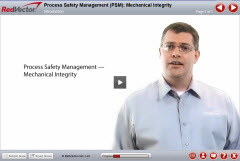
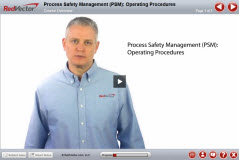
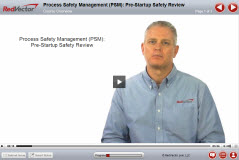



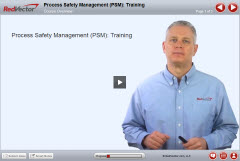
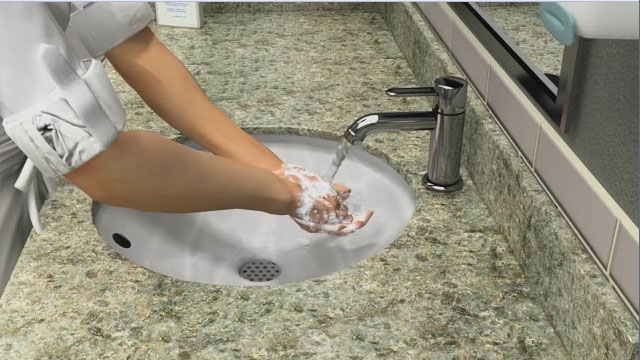
Each year in the U.S., food contamination leads to millions of illnesses and thousands of deaths. Salmonella poisoning, E. coli, Listeria, Hepatitis, and Norovirus can all be contracted by poor hand hygiene and can have potentially deadly consequences. Knowing proper hand hygiene techniques, the routes of hand contamination, the importance of the time spent washing the hands, and the difference between soaps and sanitizers will help keep you and your co-workers safe from the many foodborne illnesses that surround us.

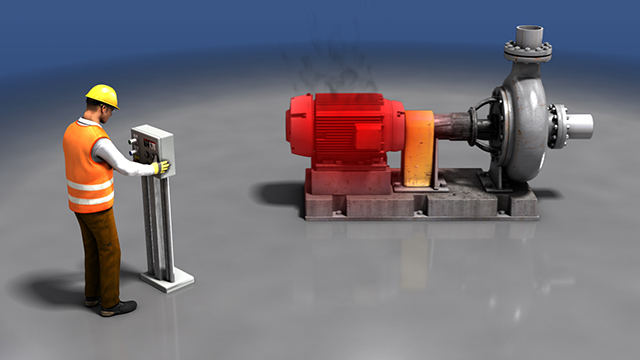




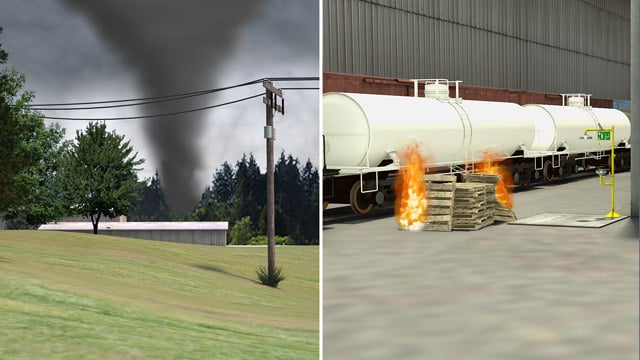









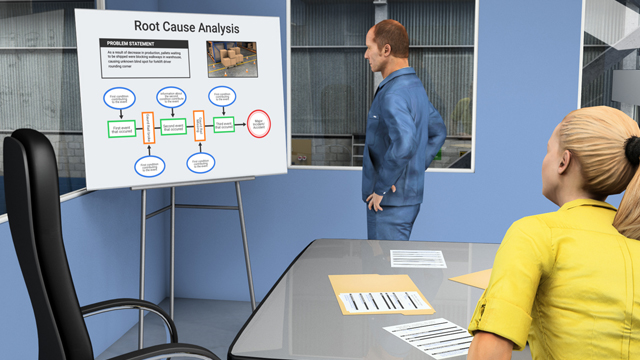
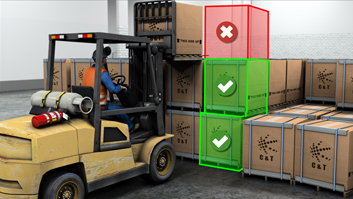



Speak to an Expert
Learn more about our courses, get pricing, and see our platform.


